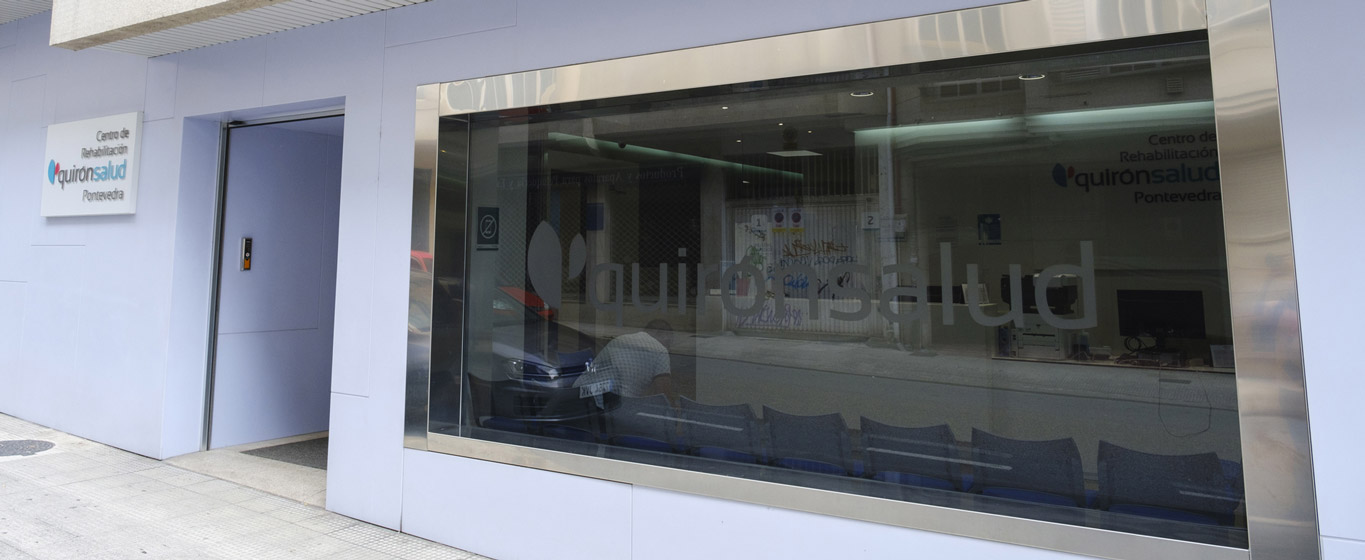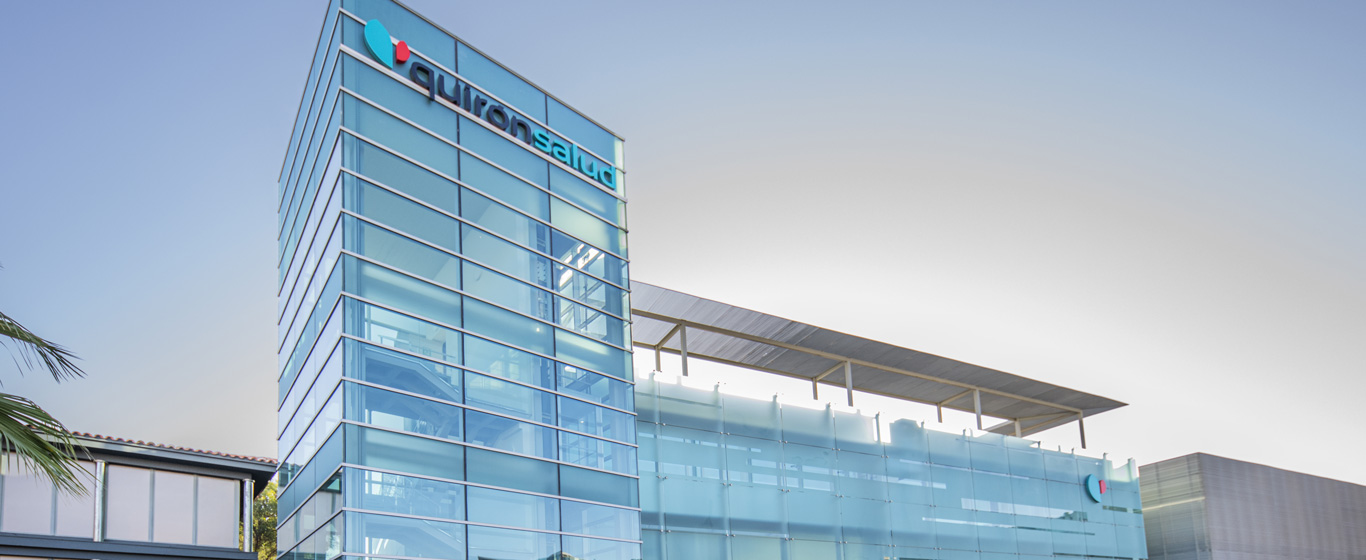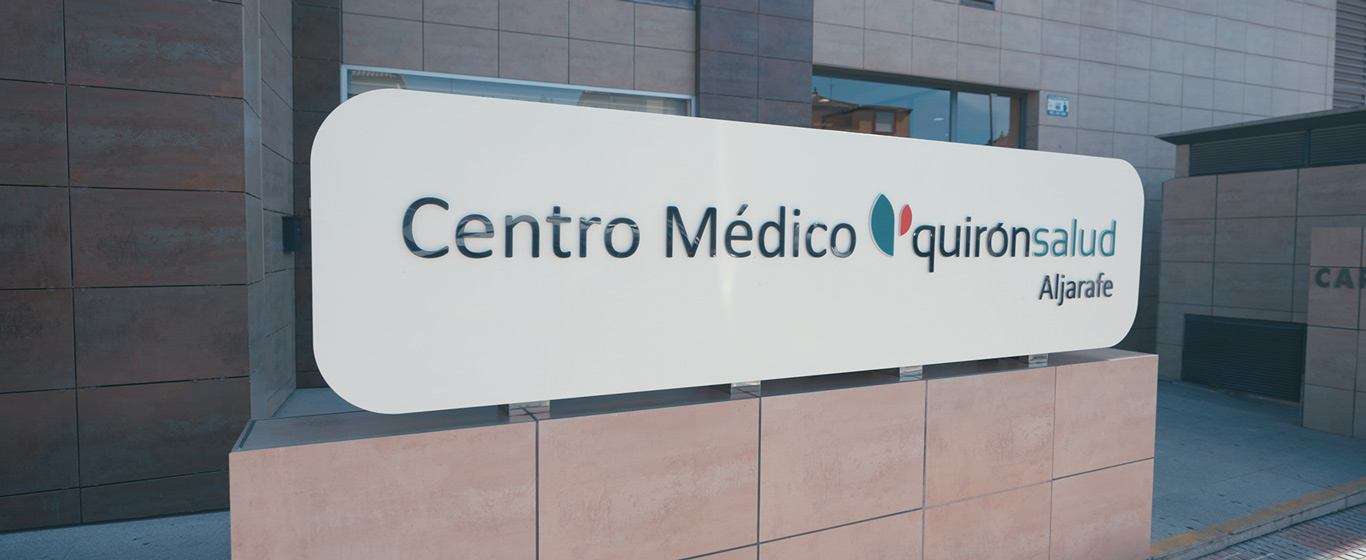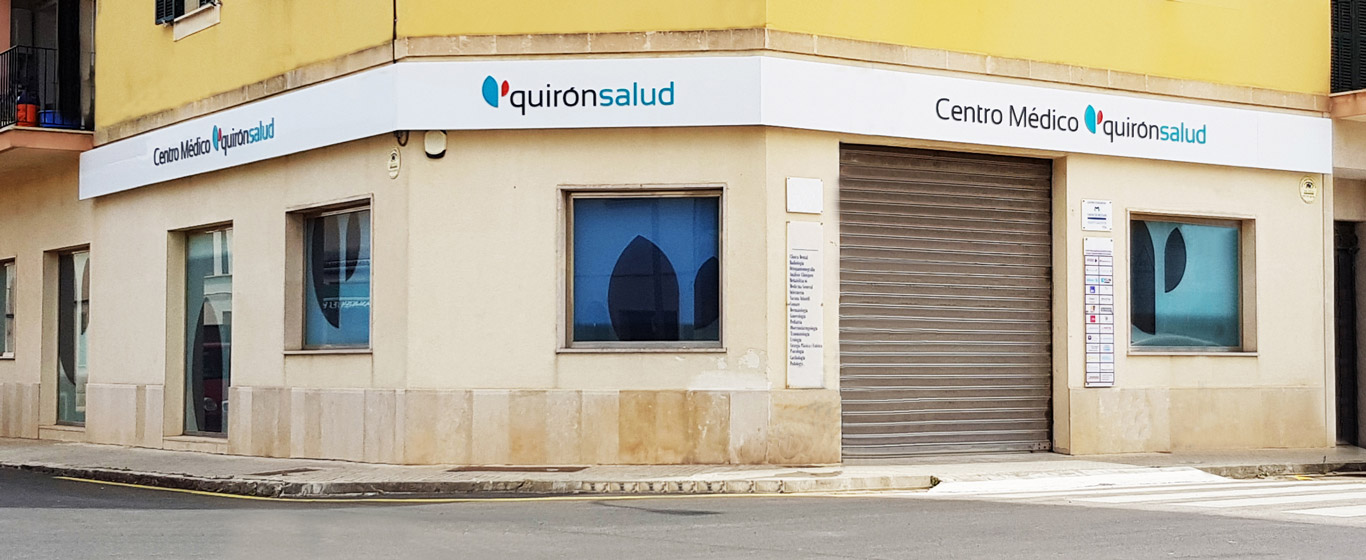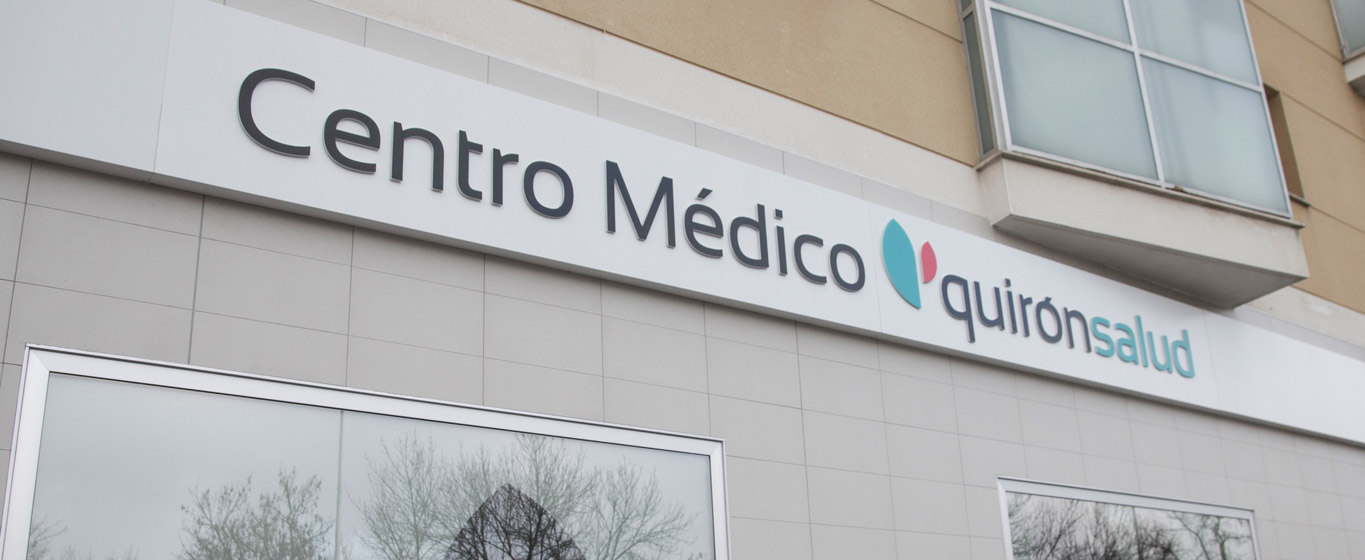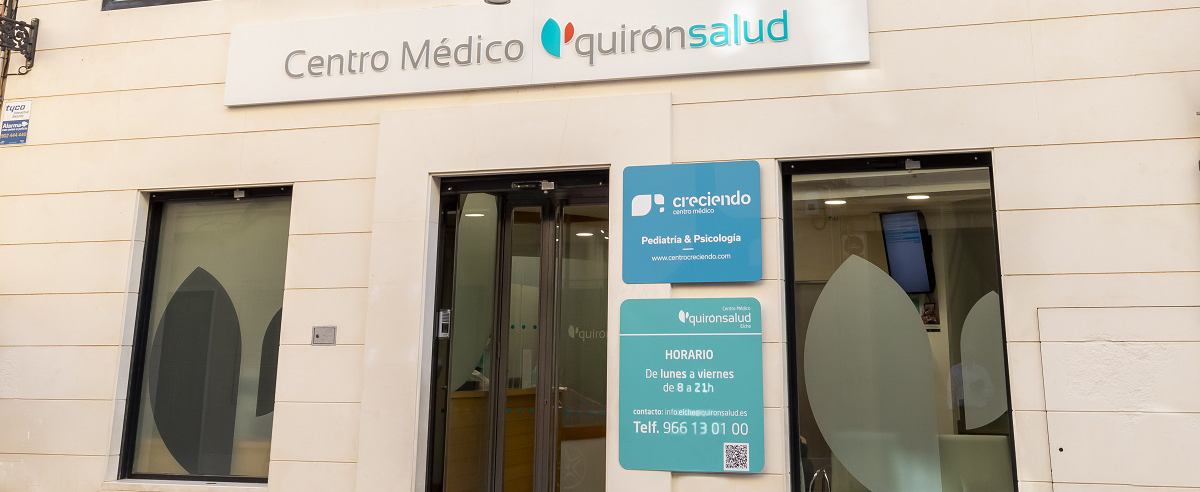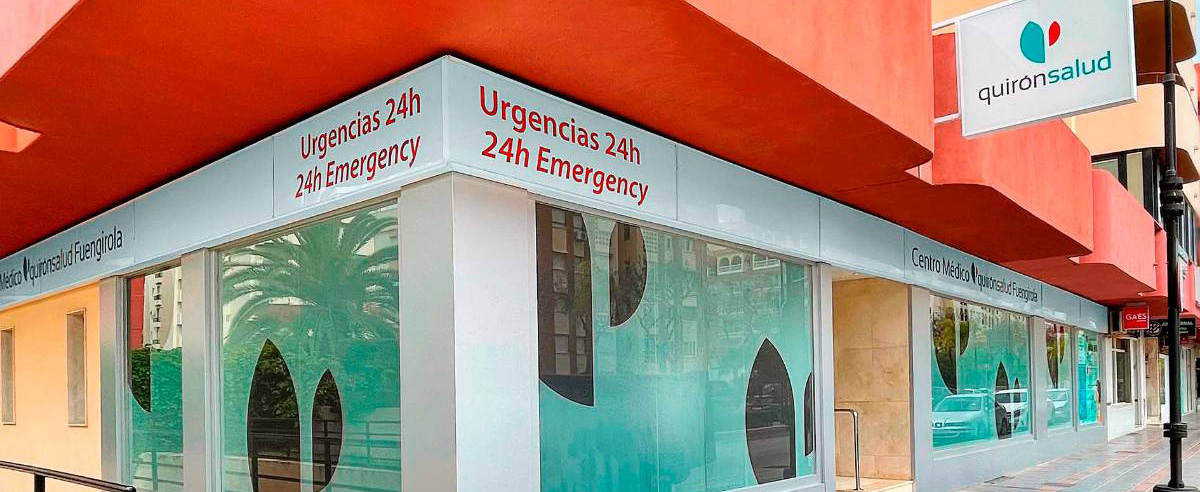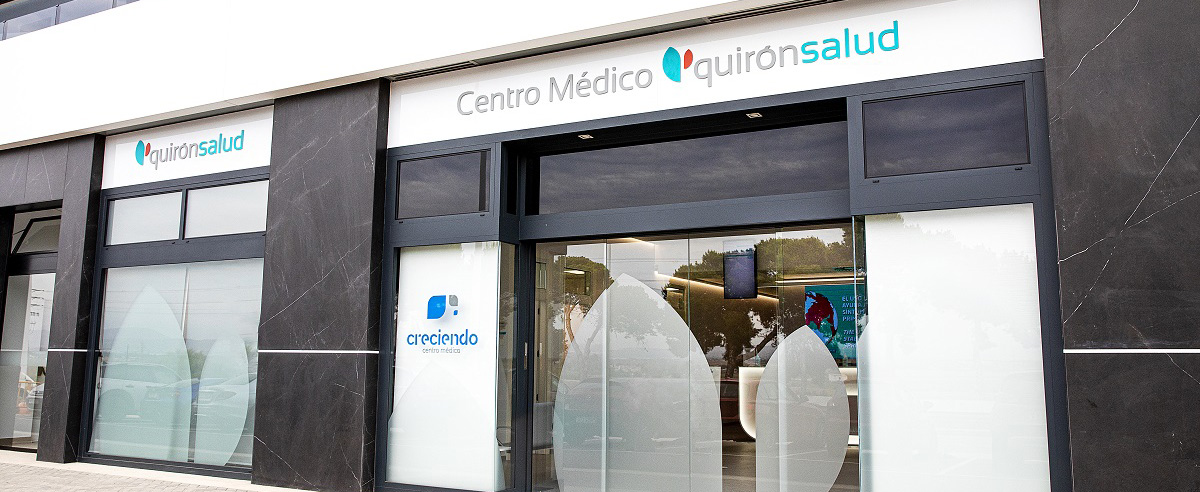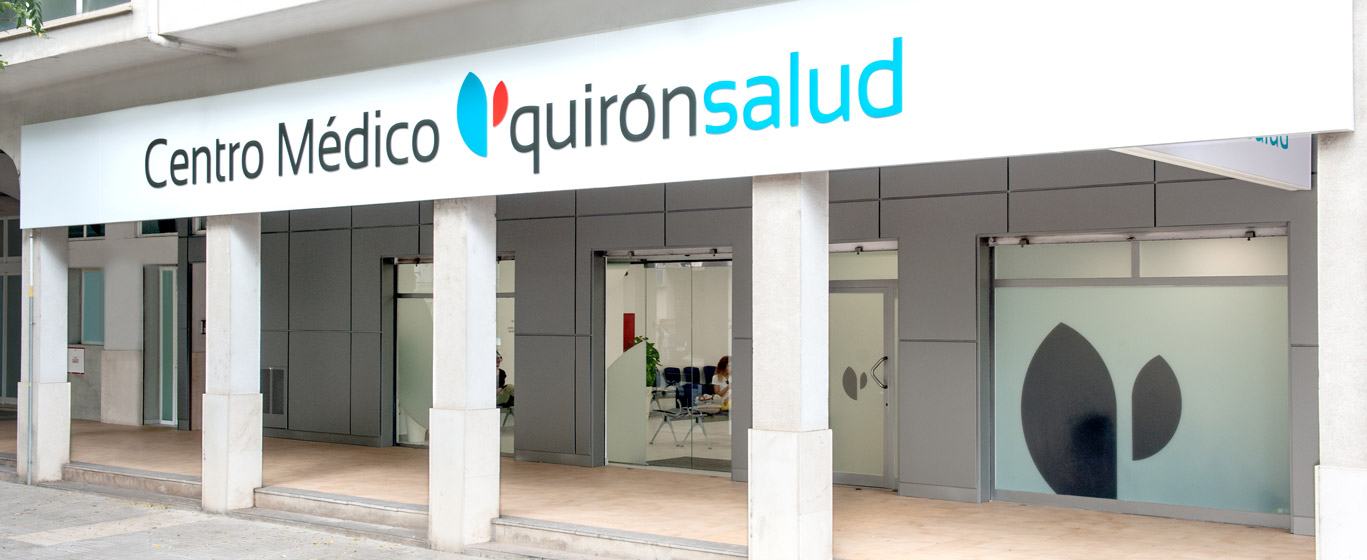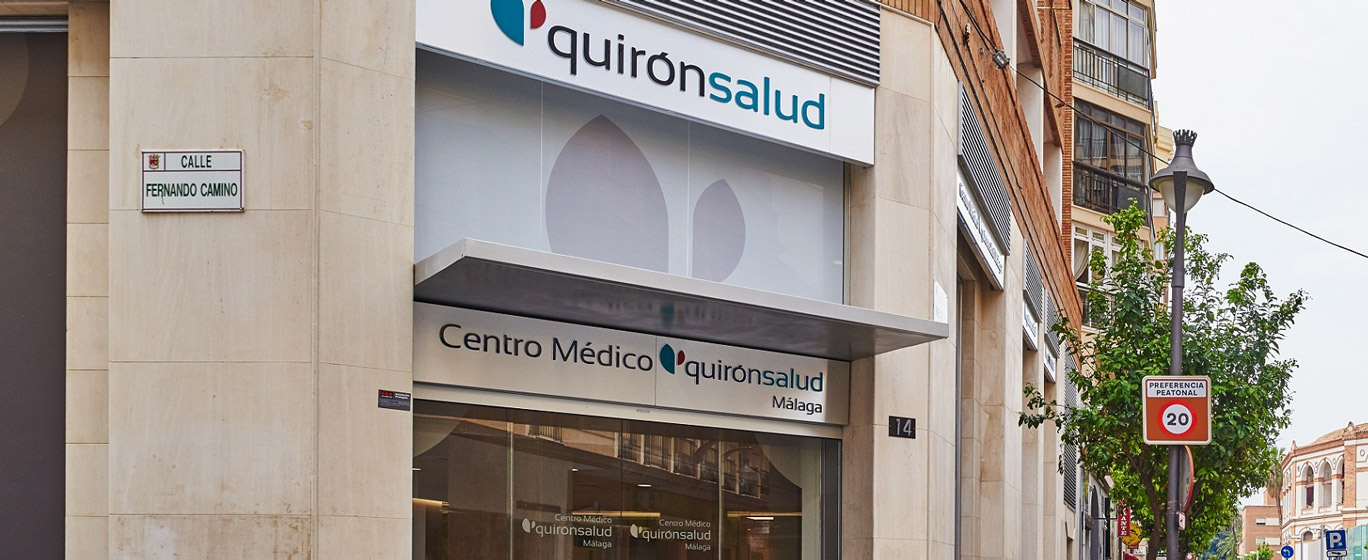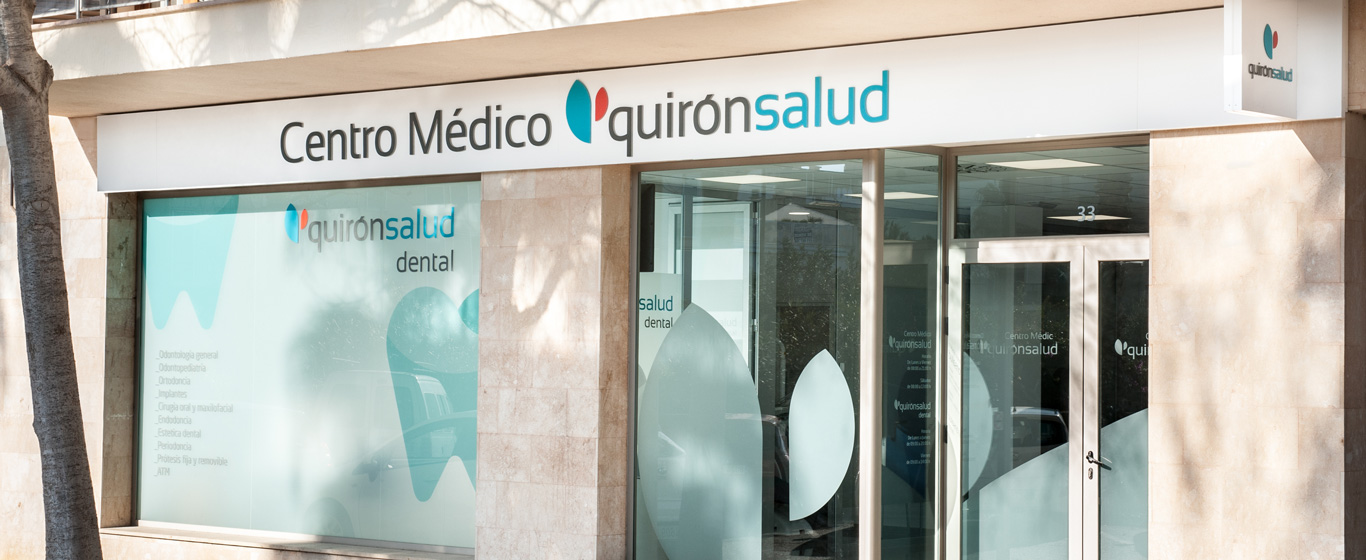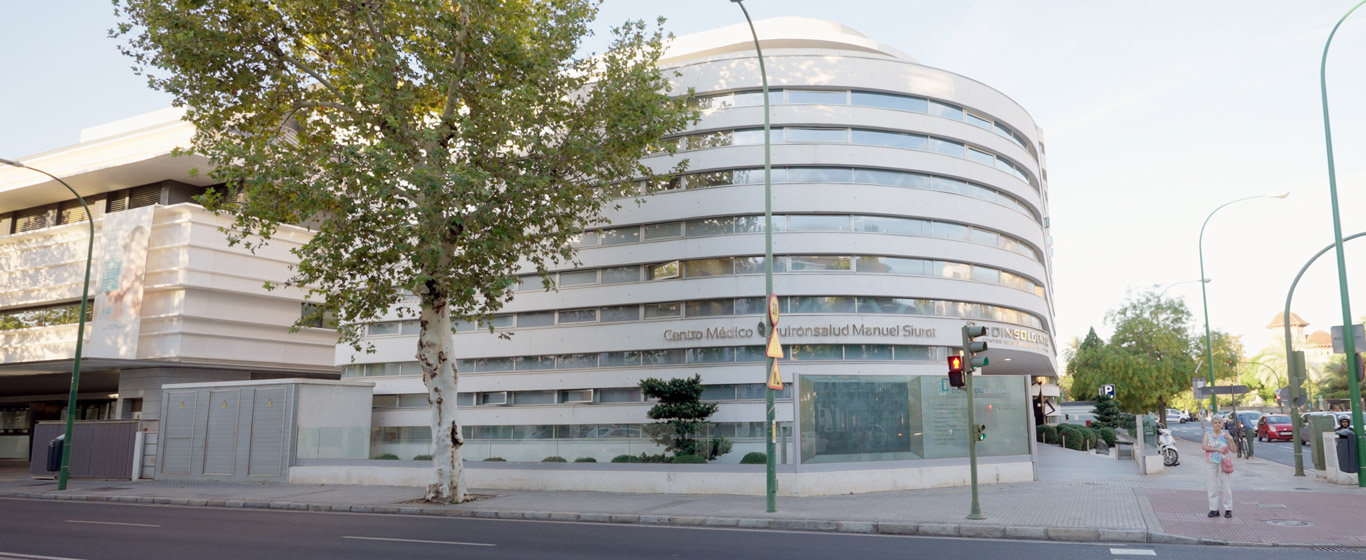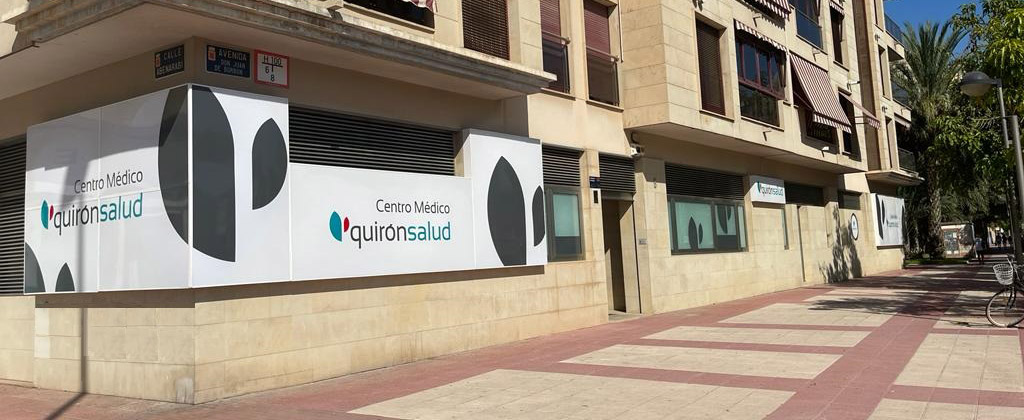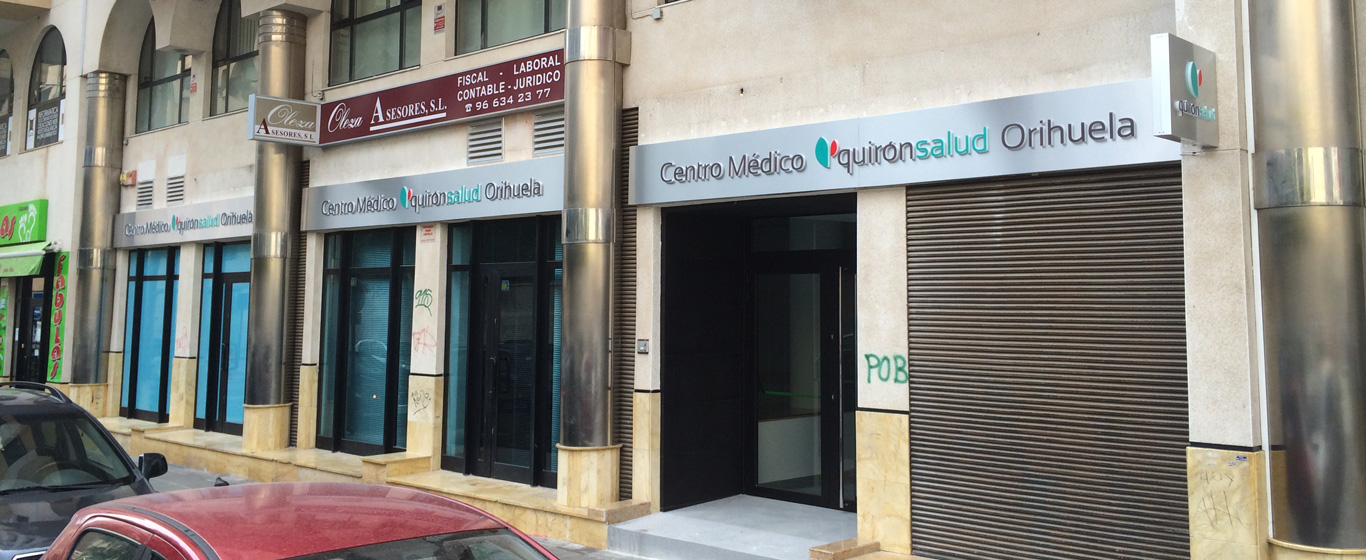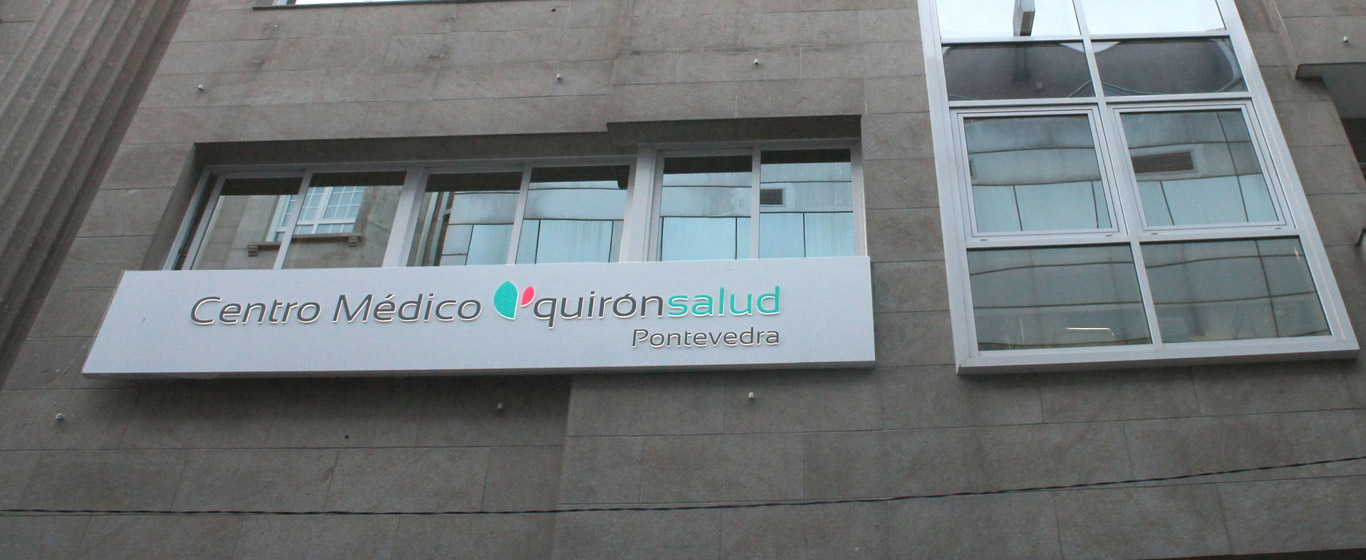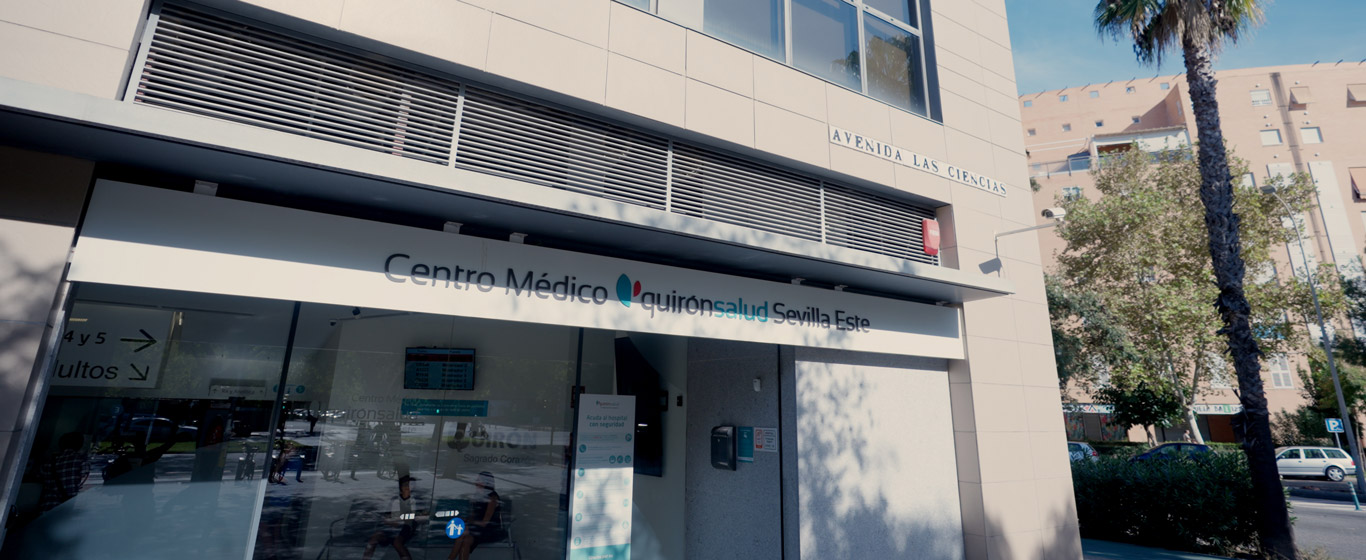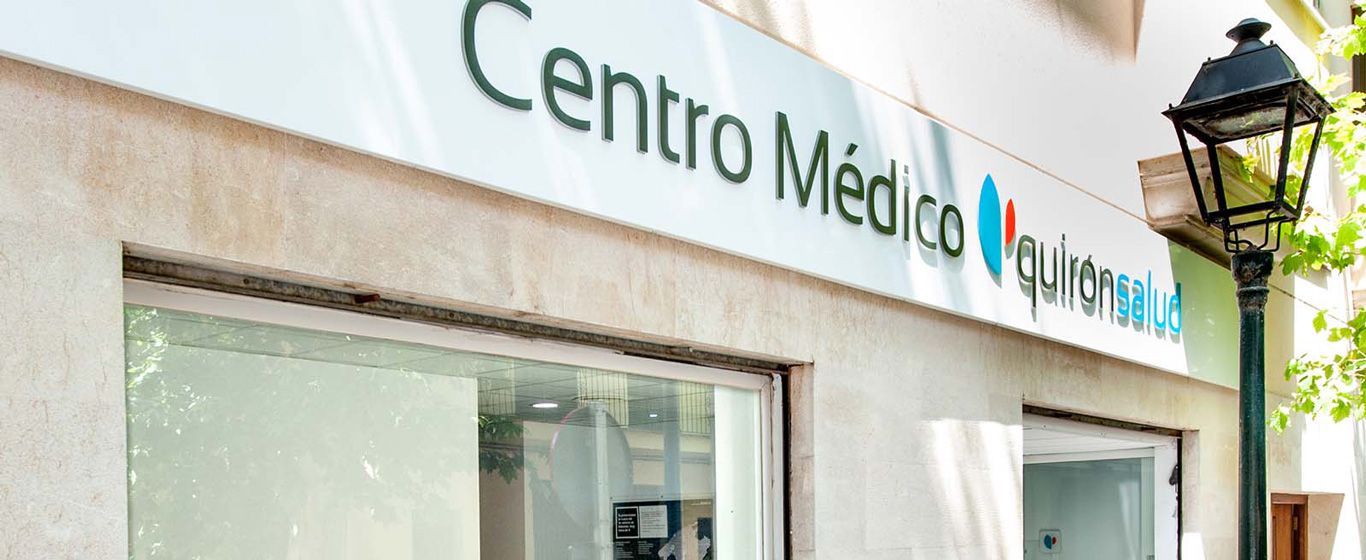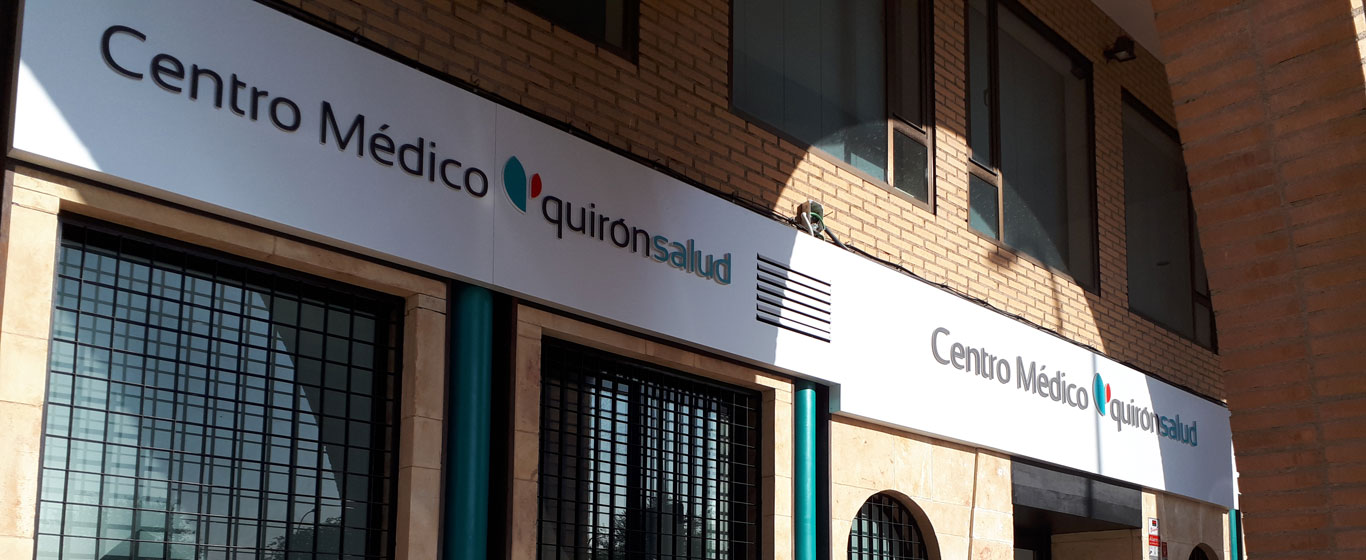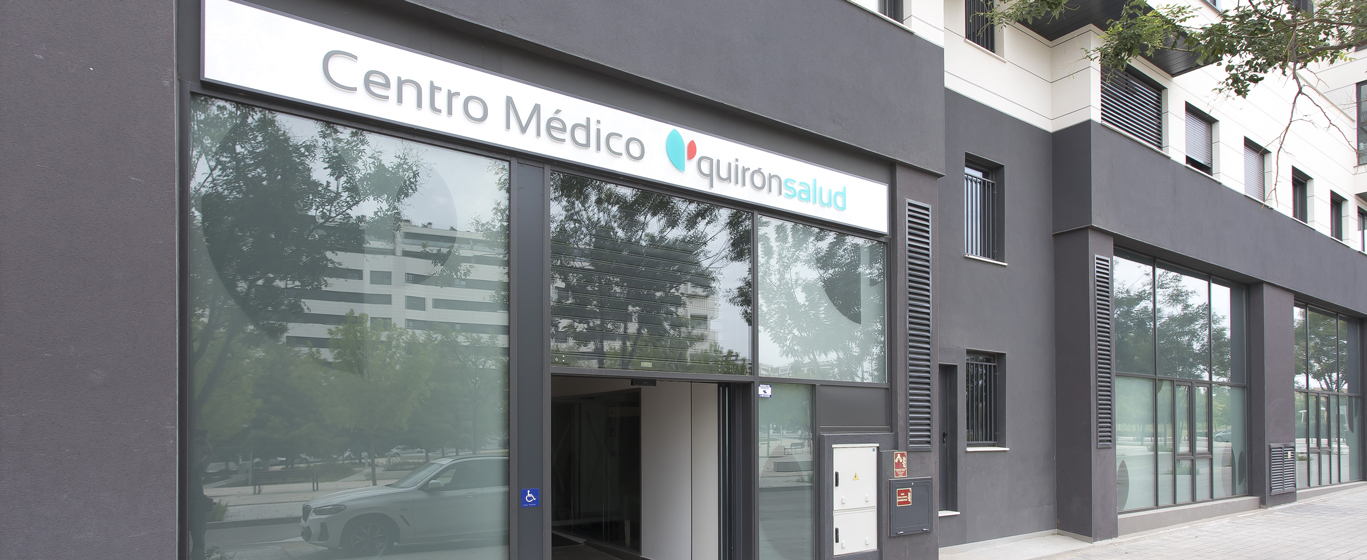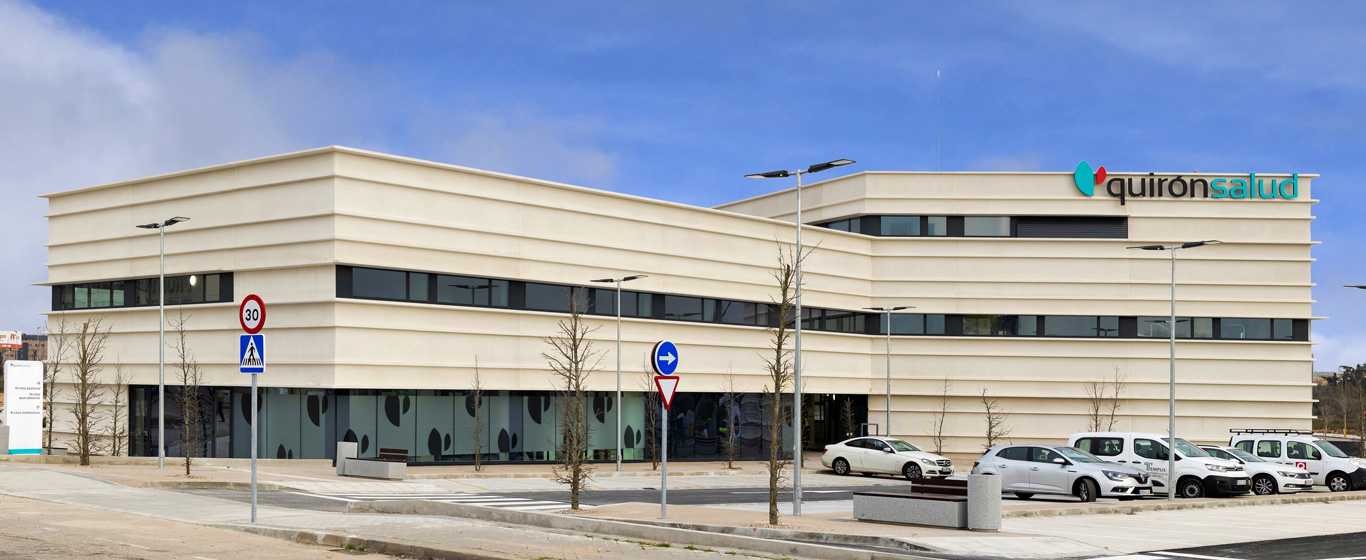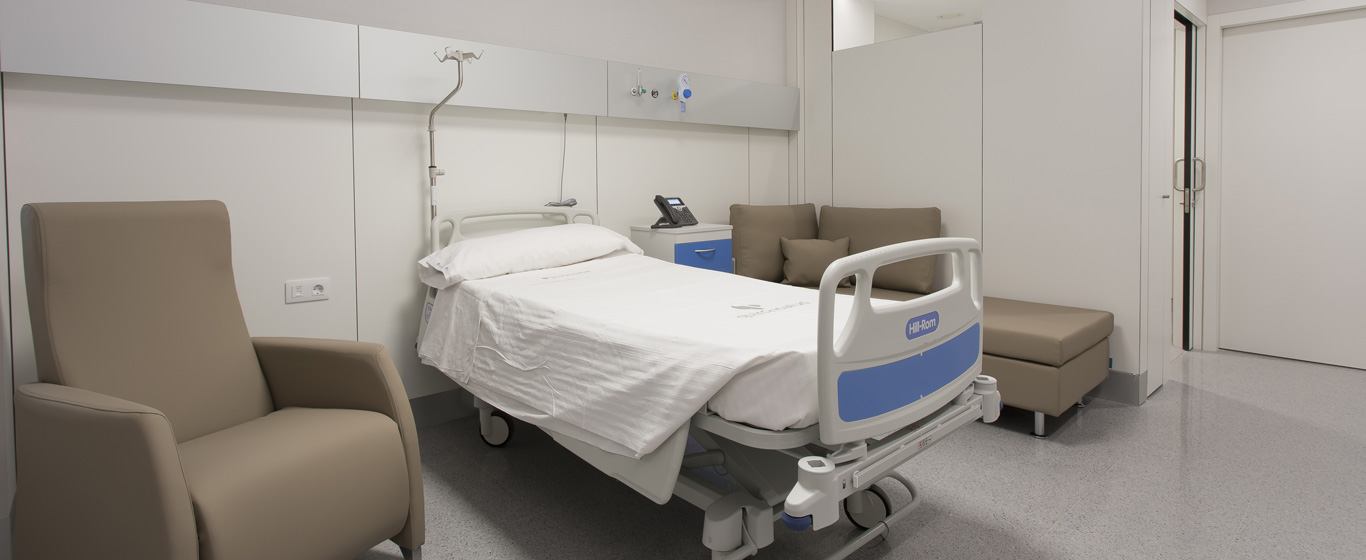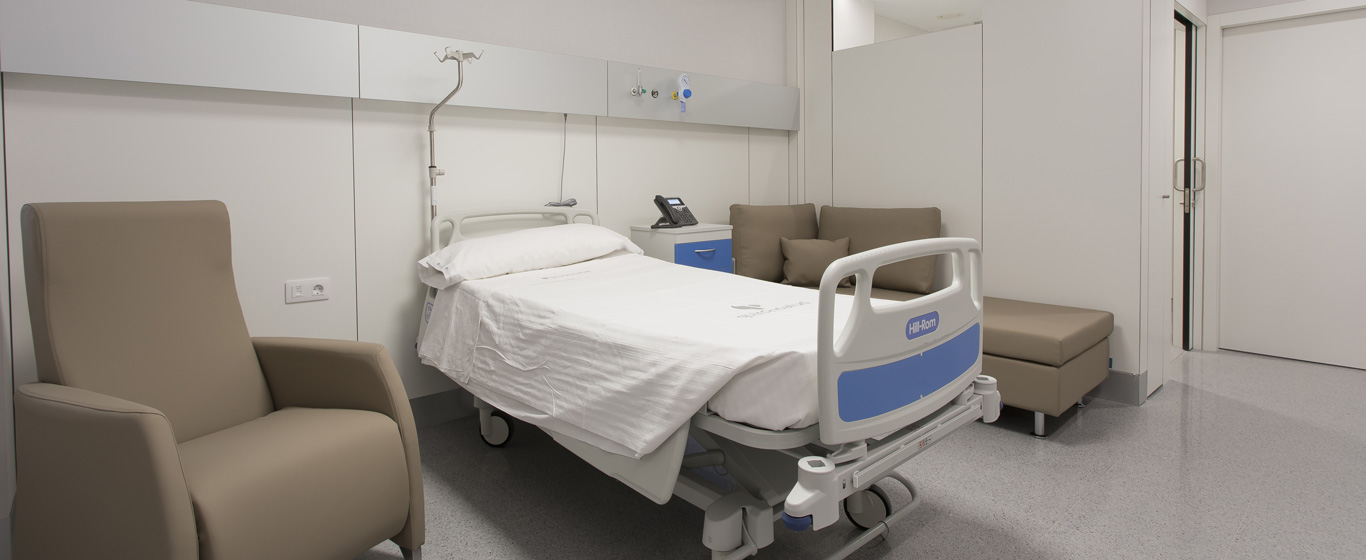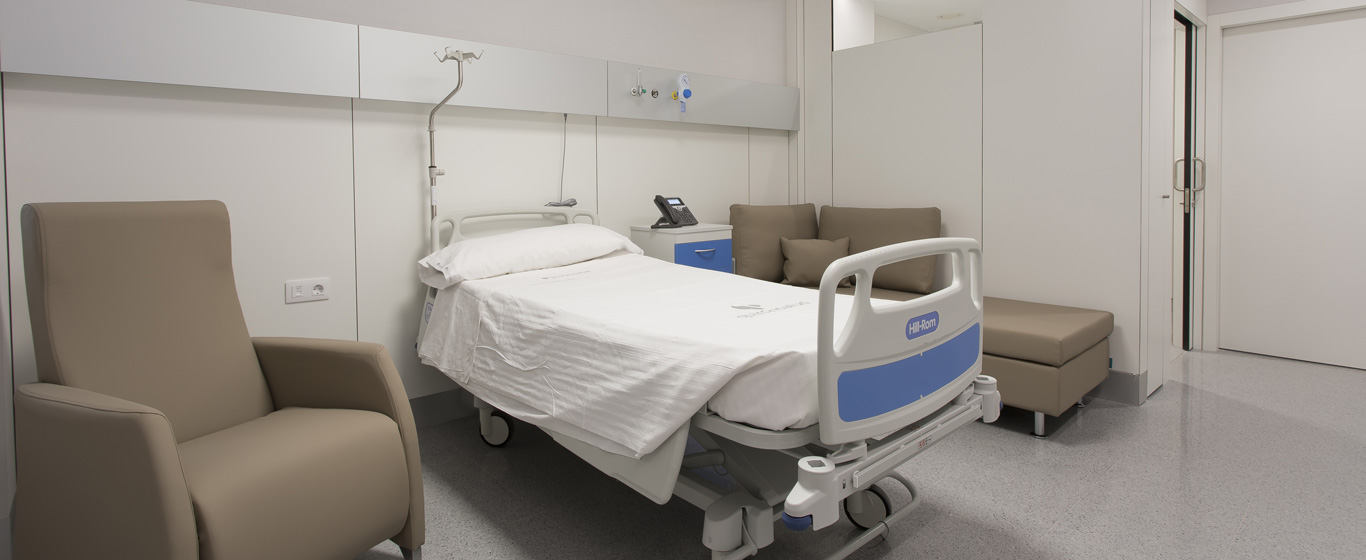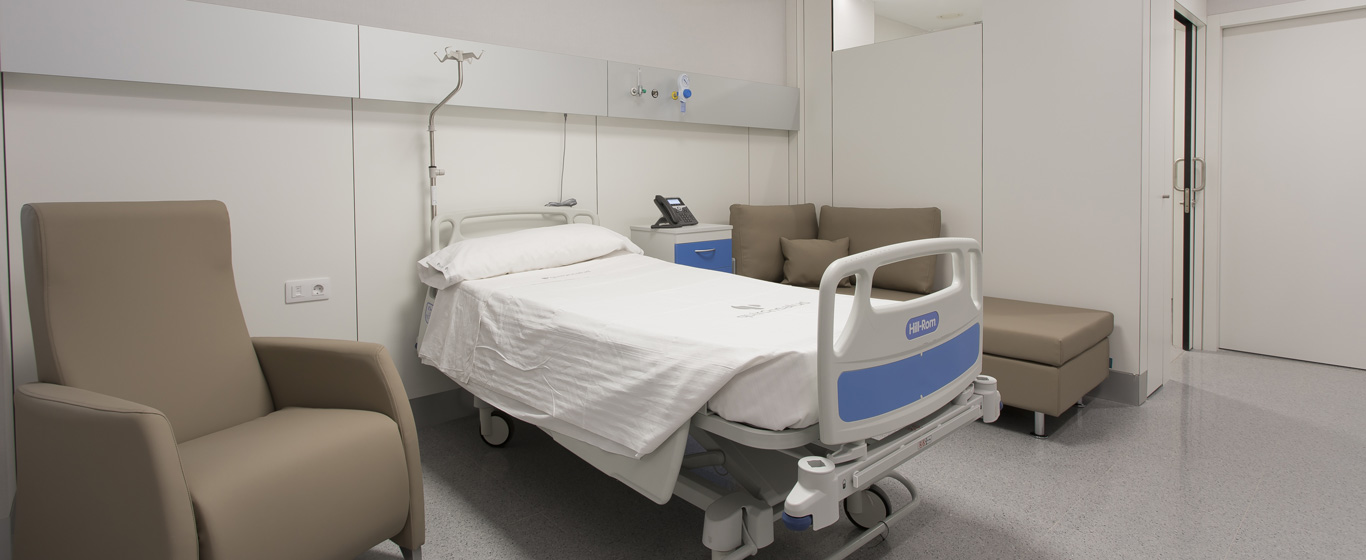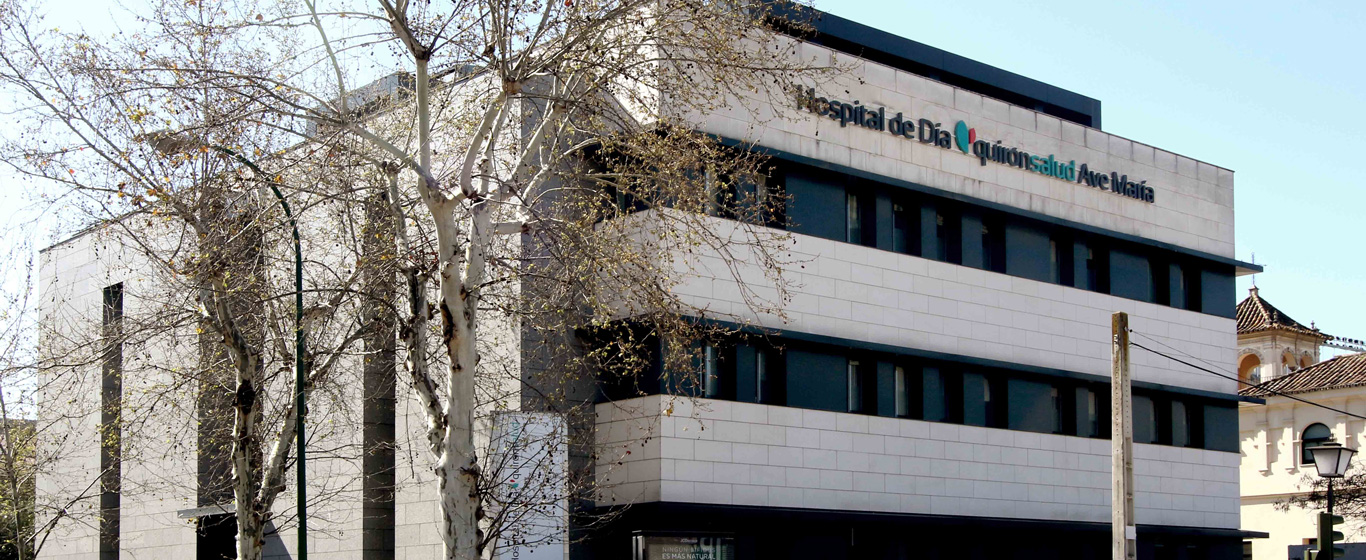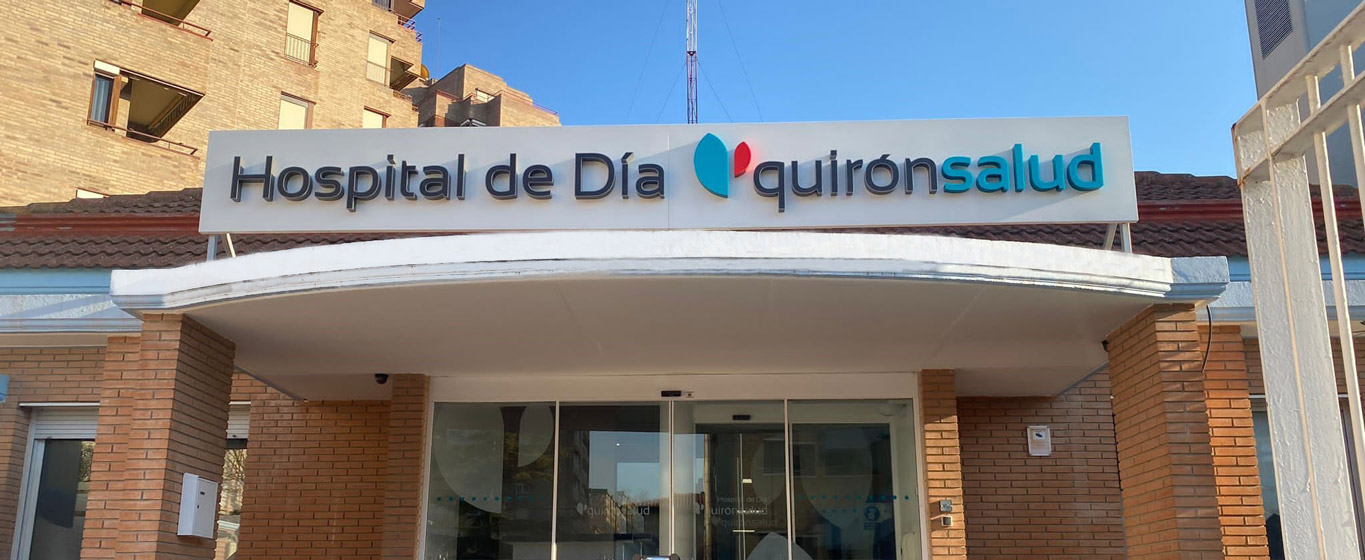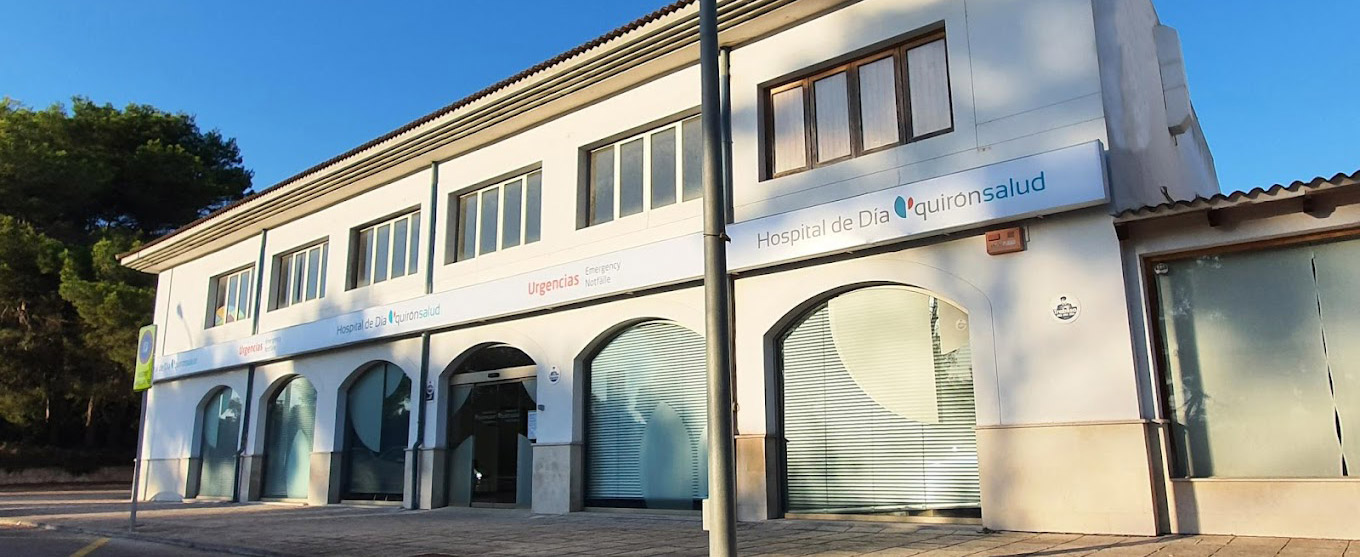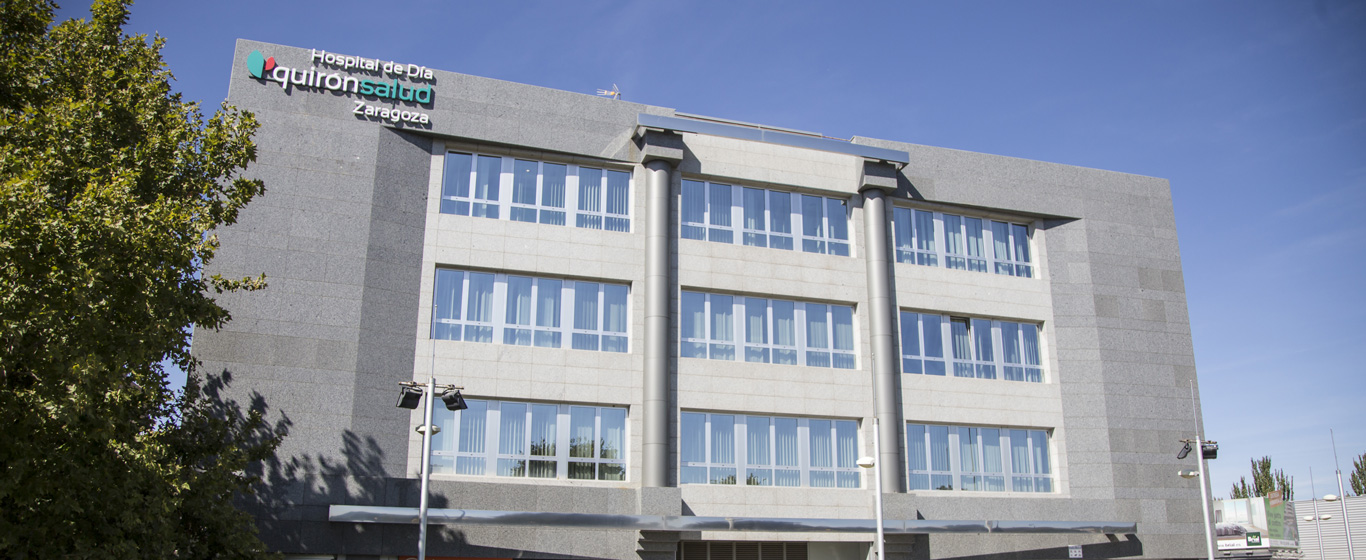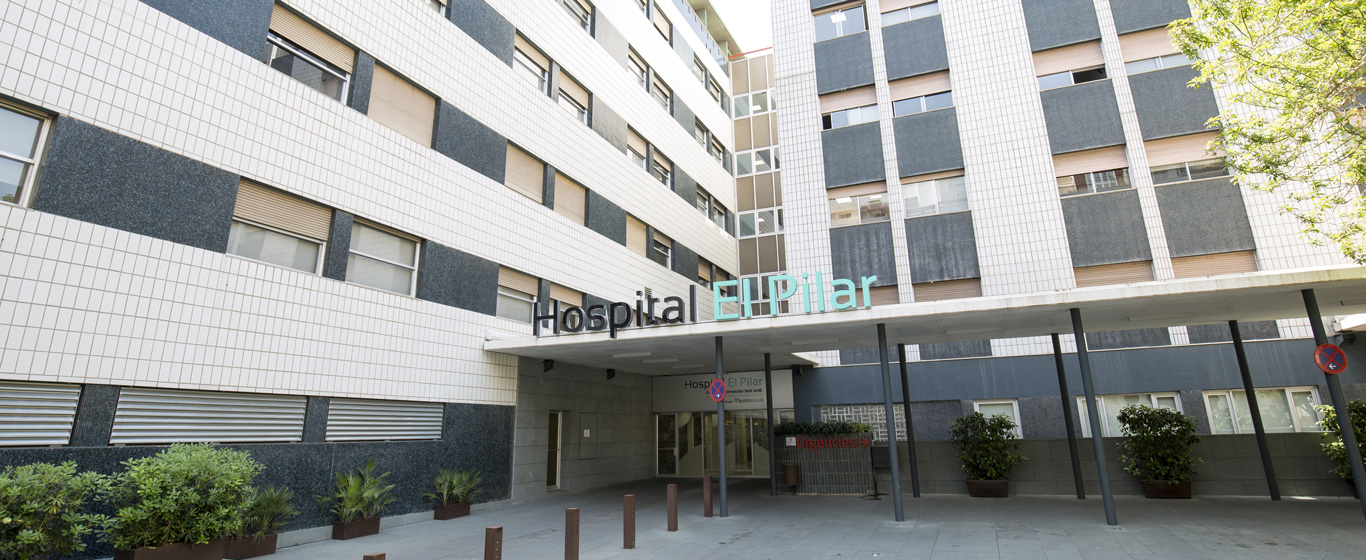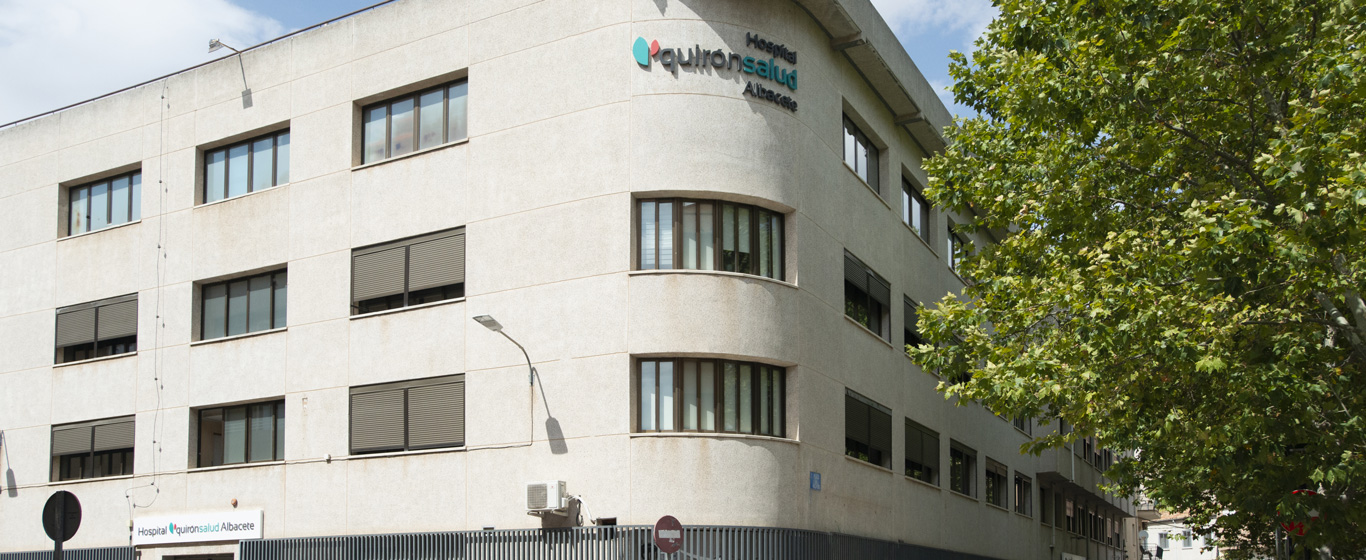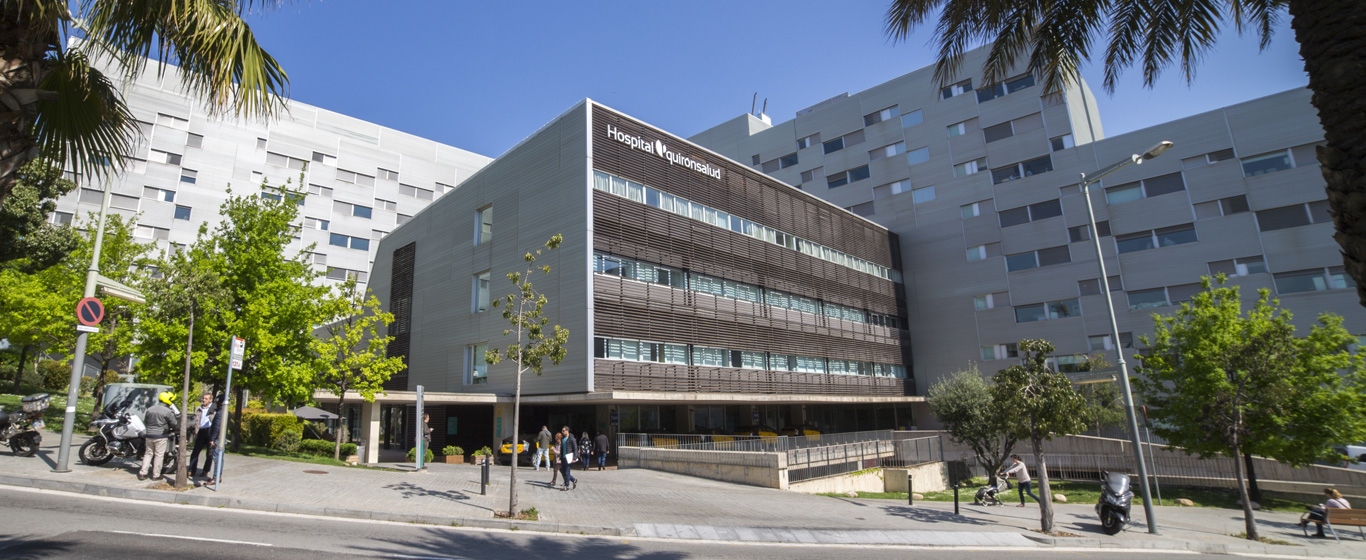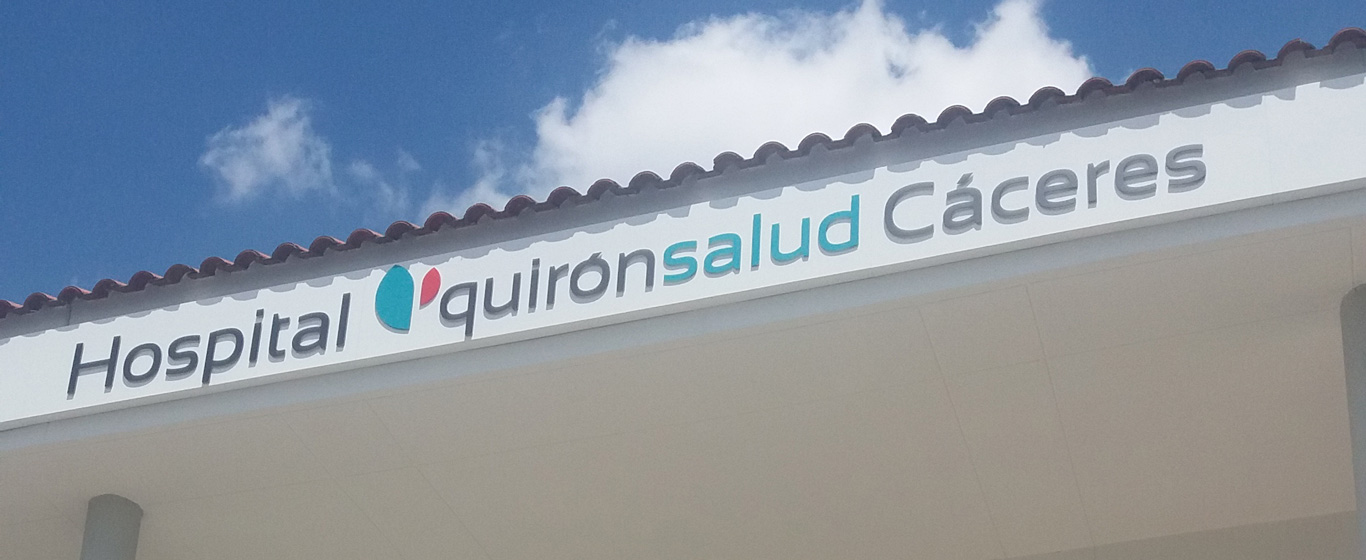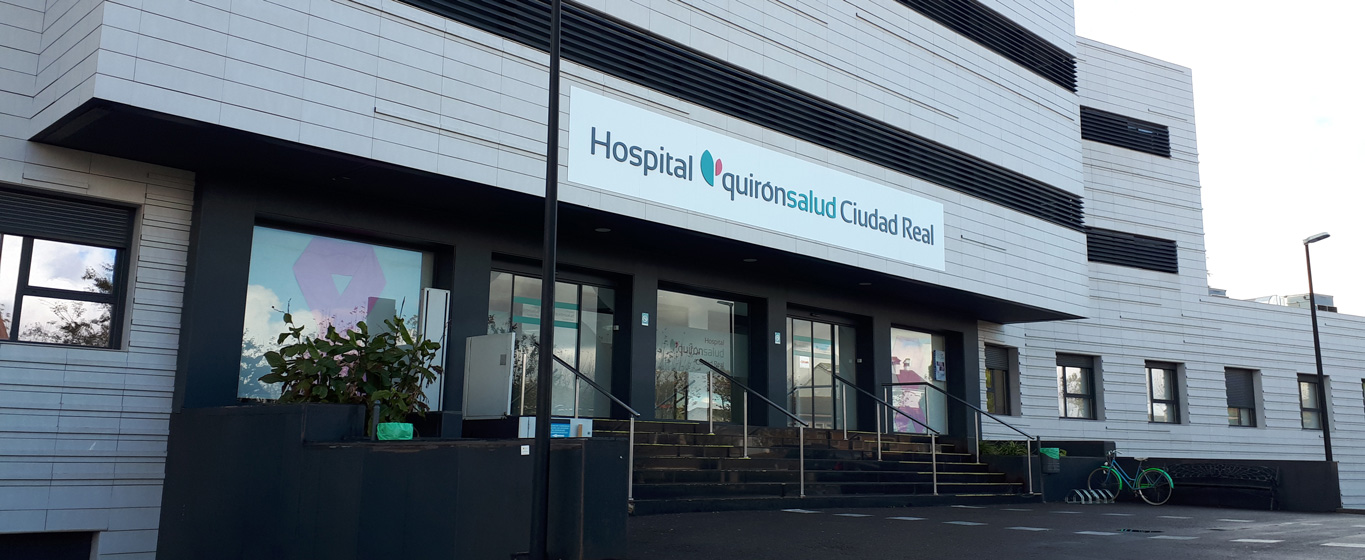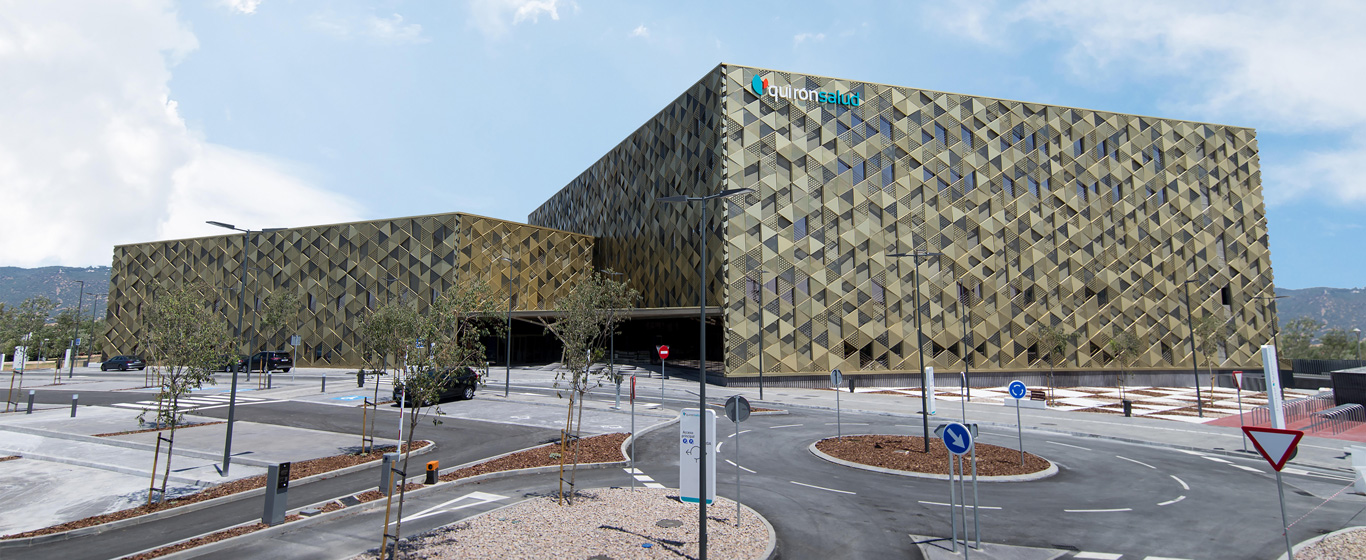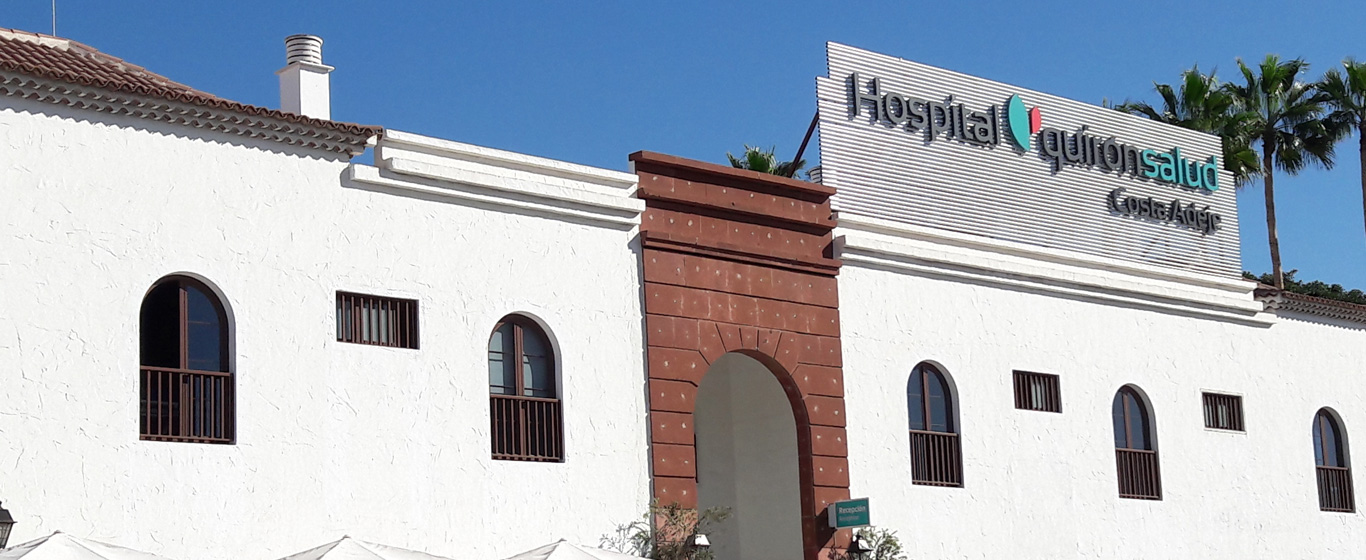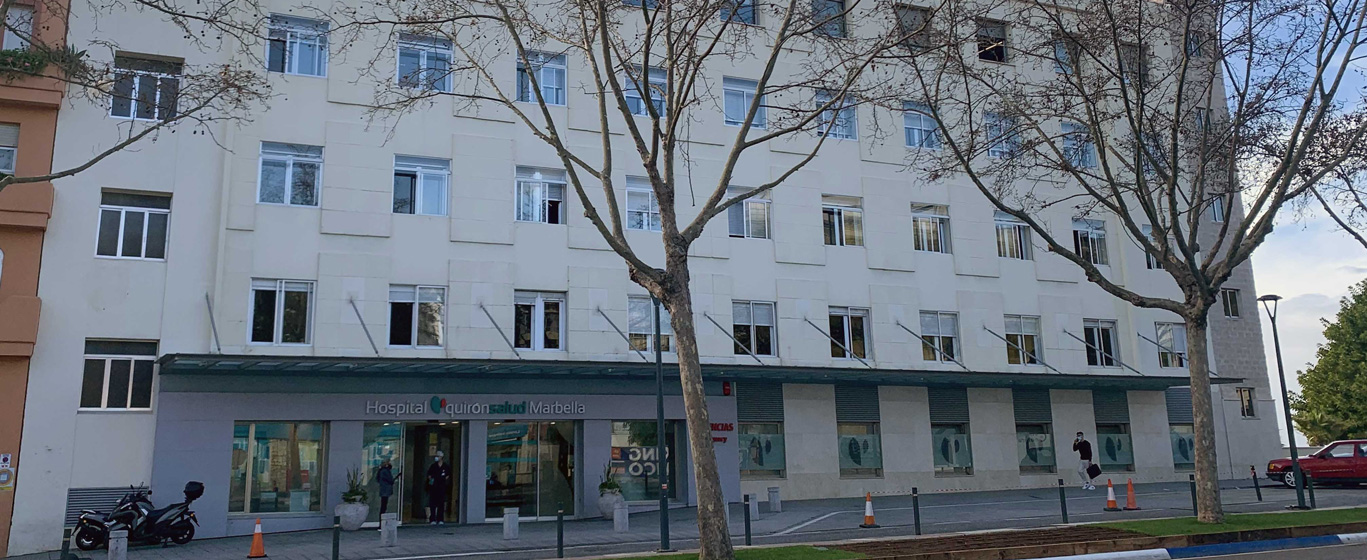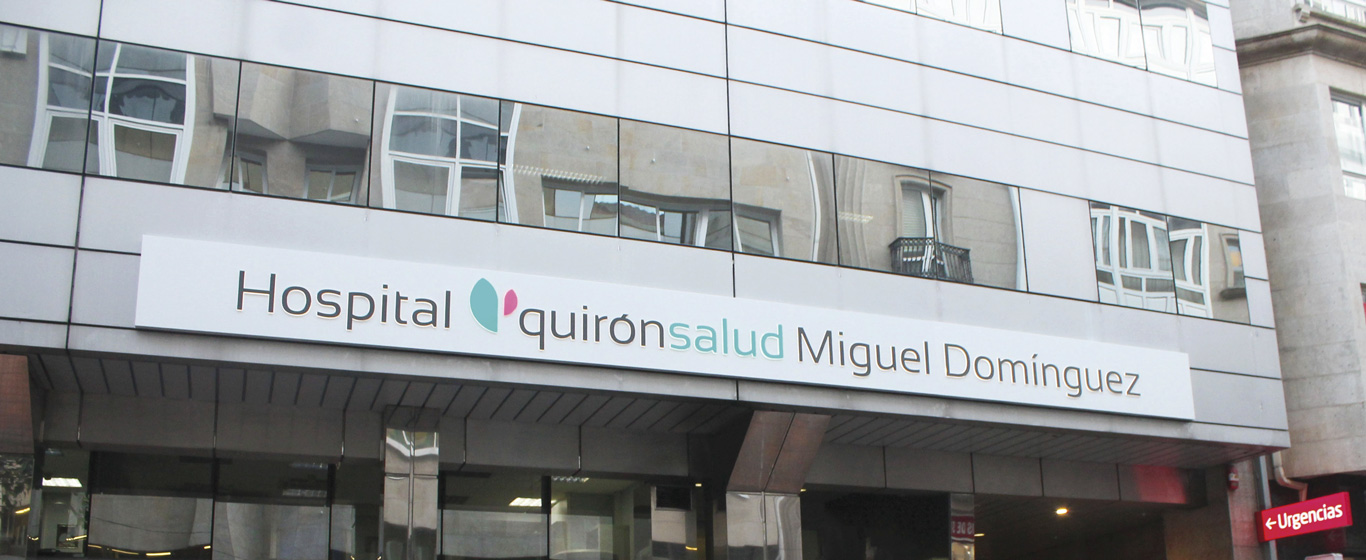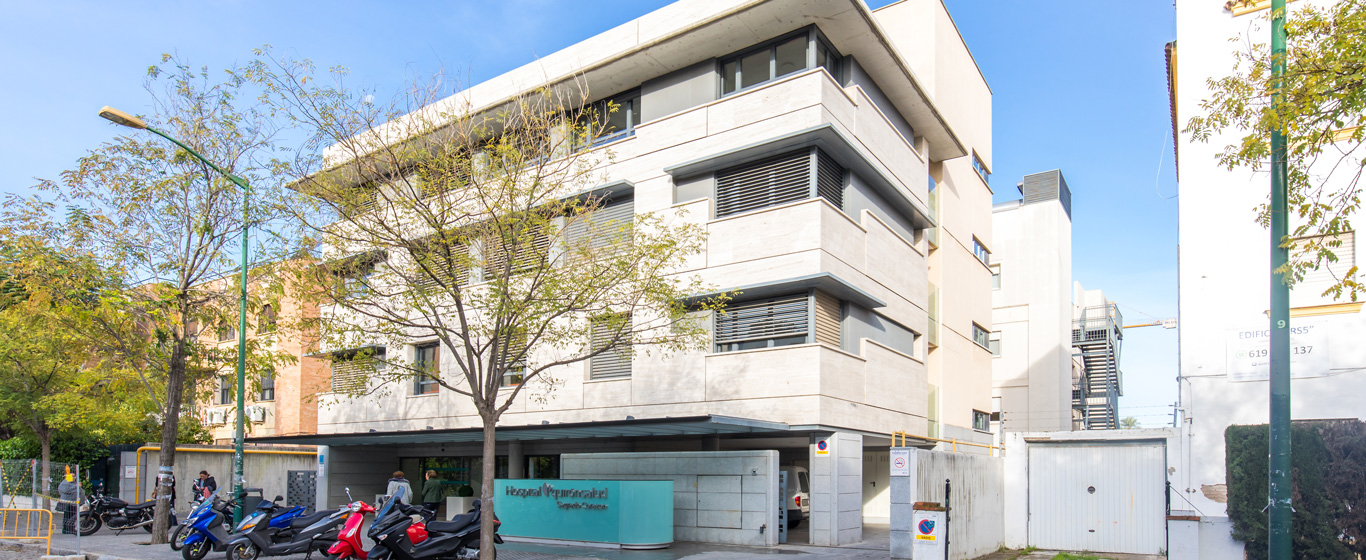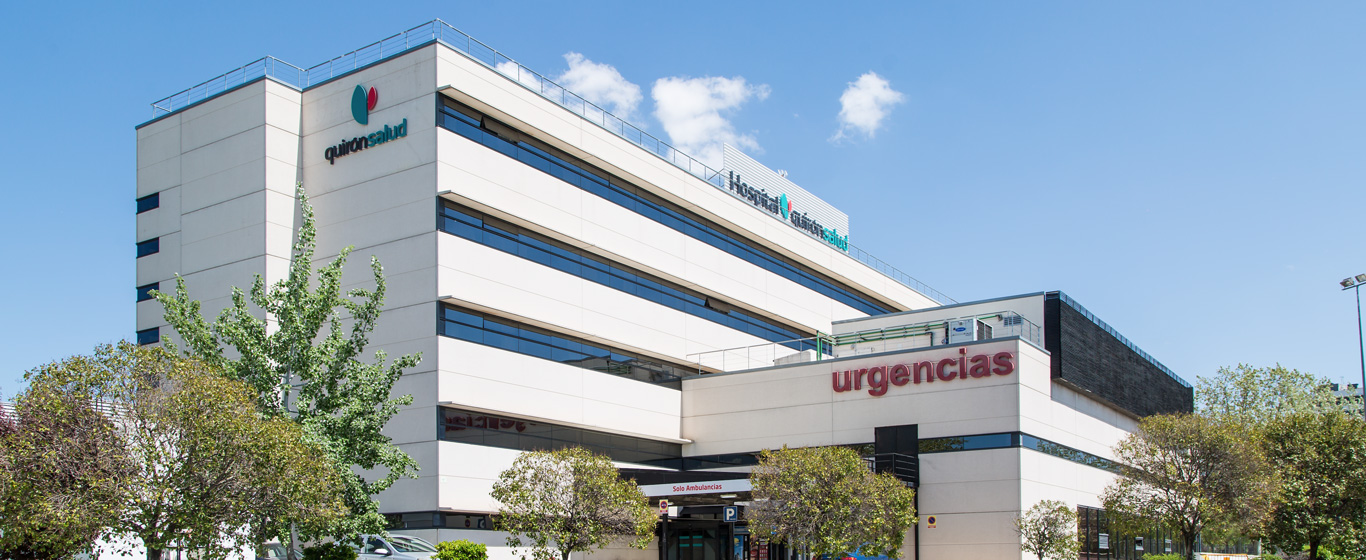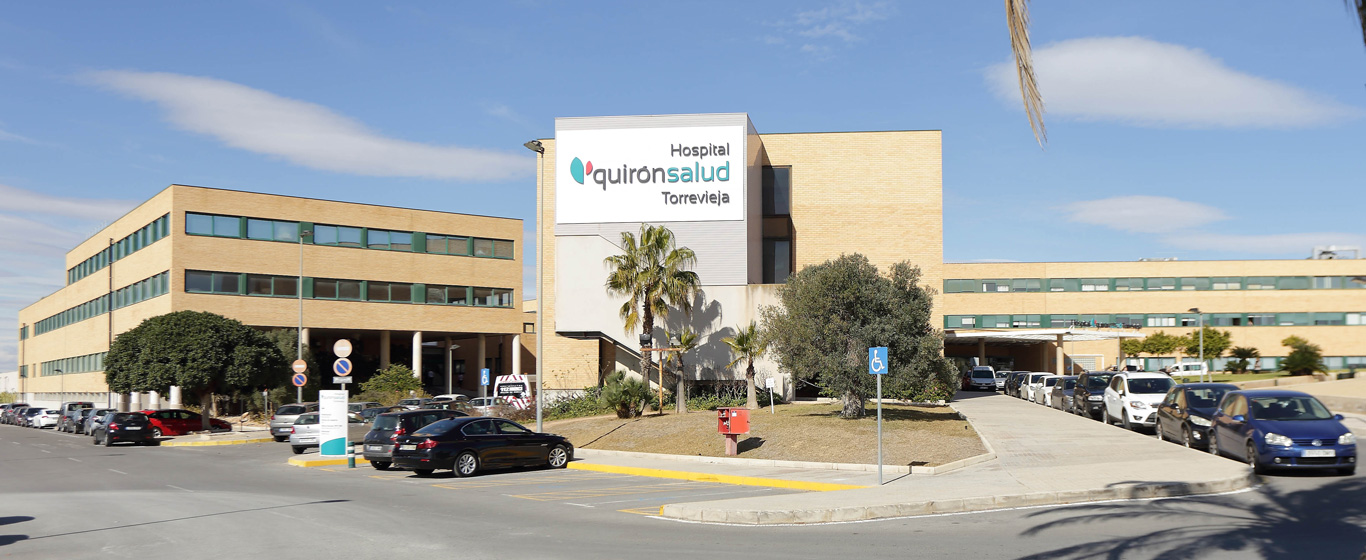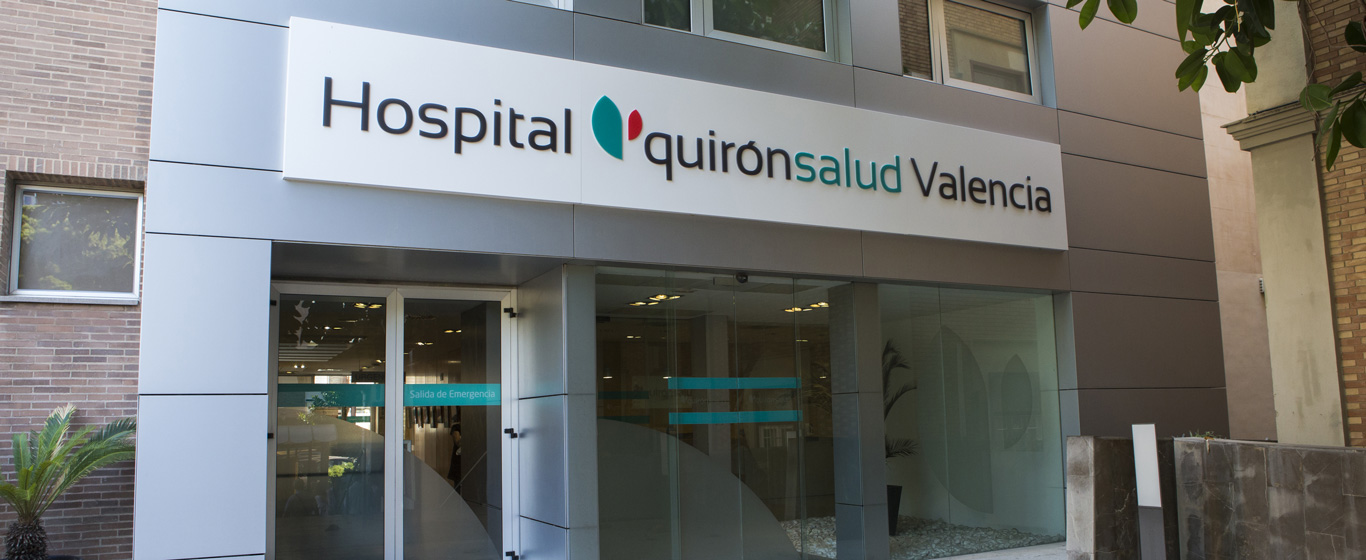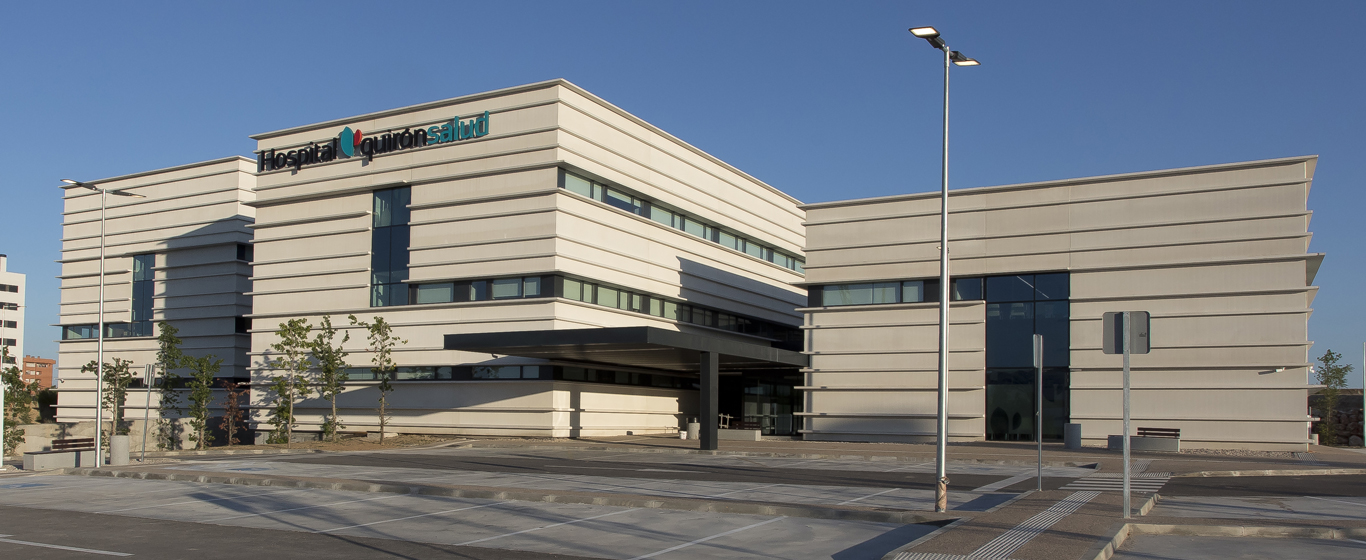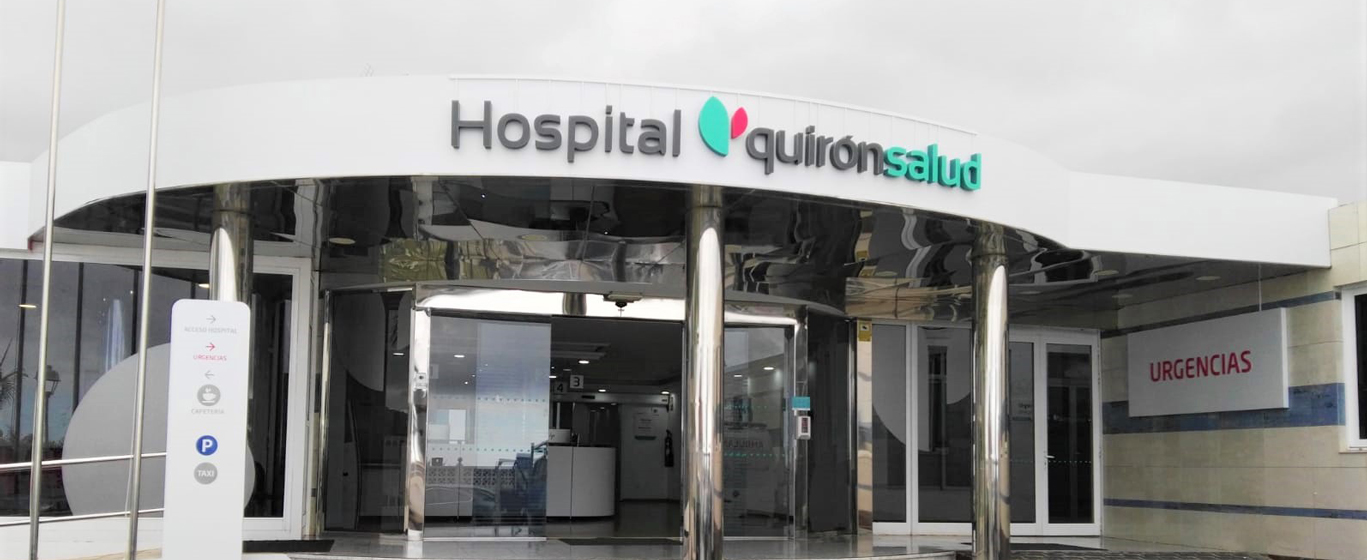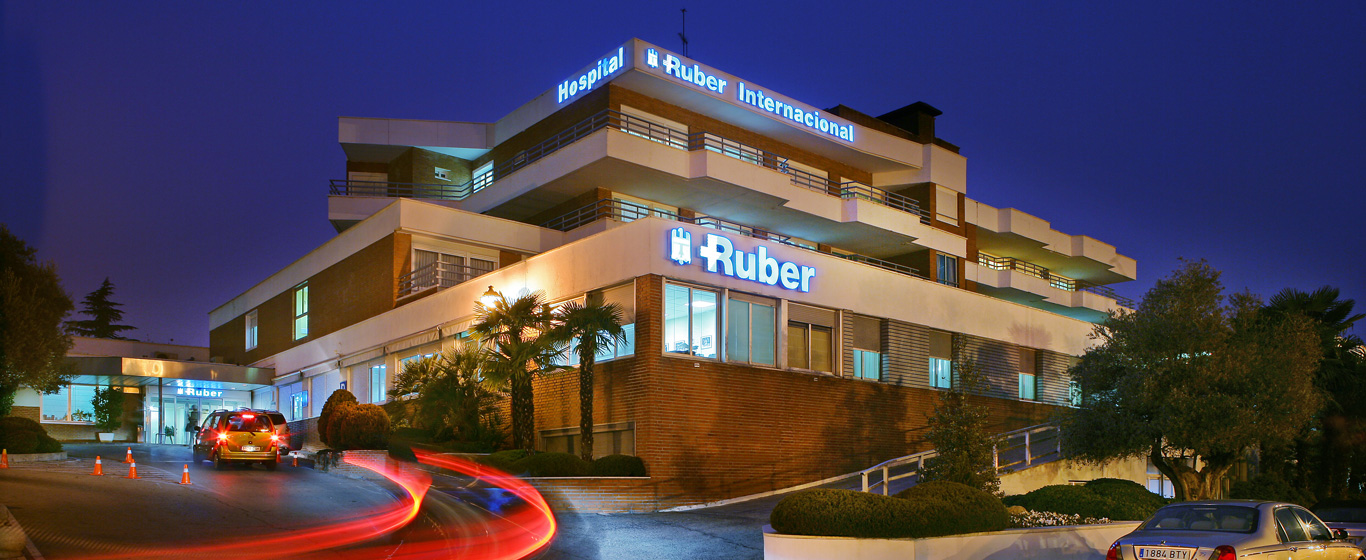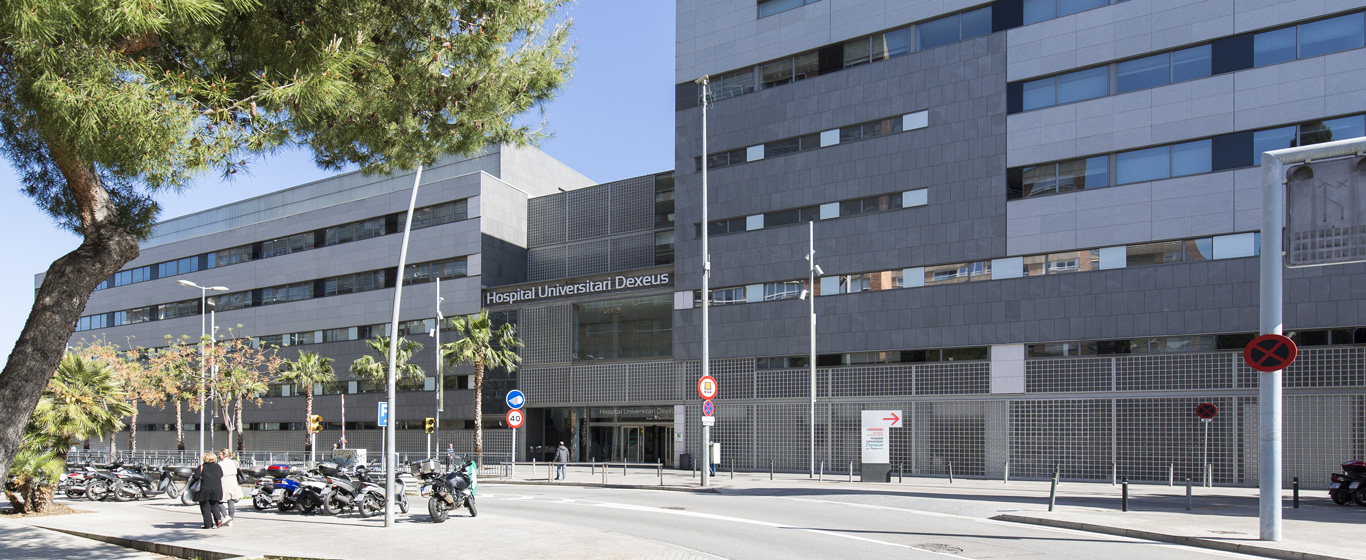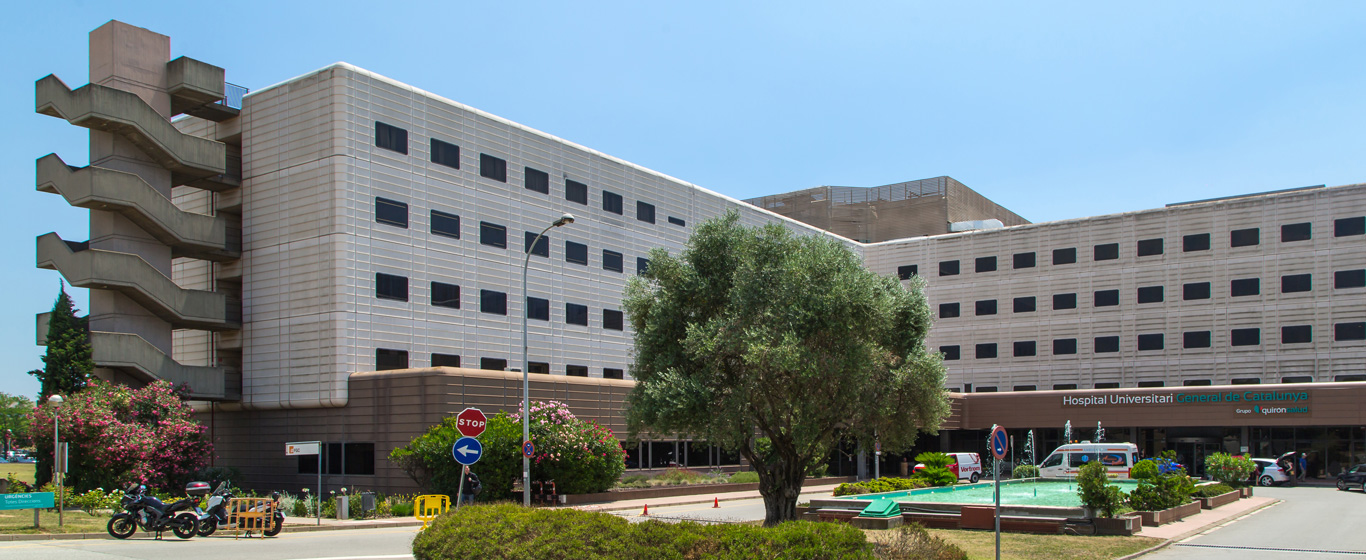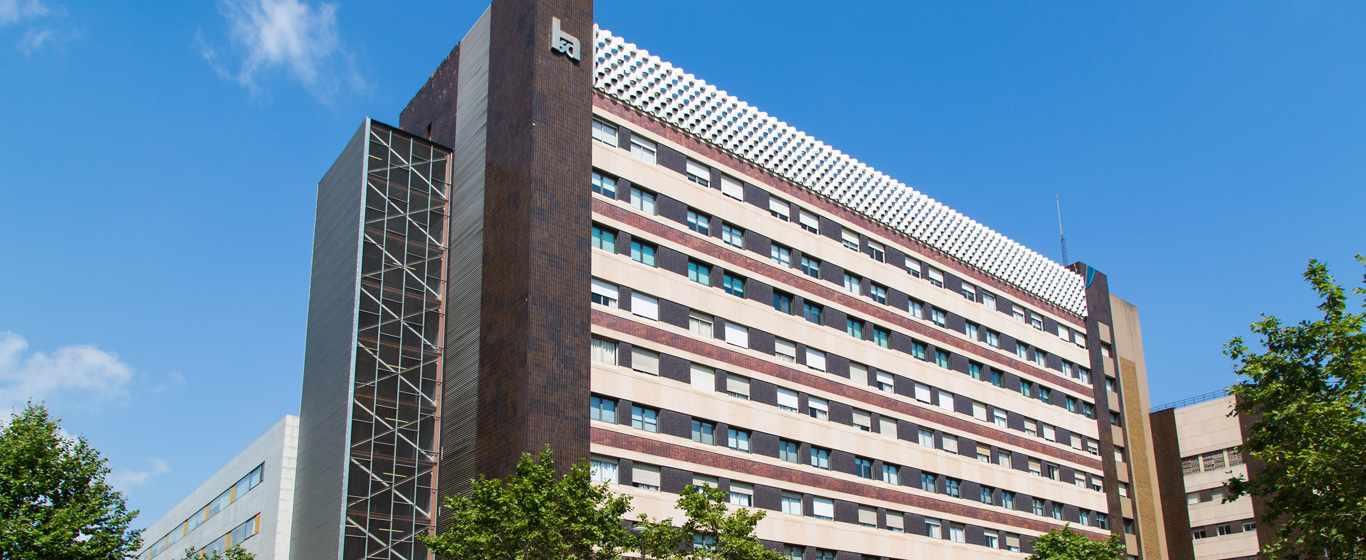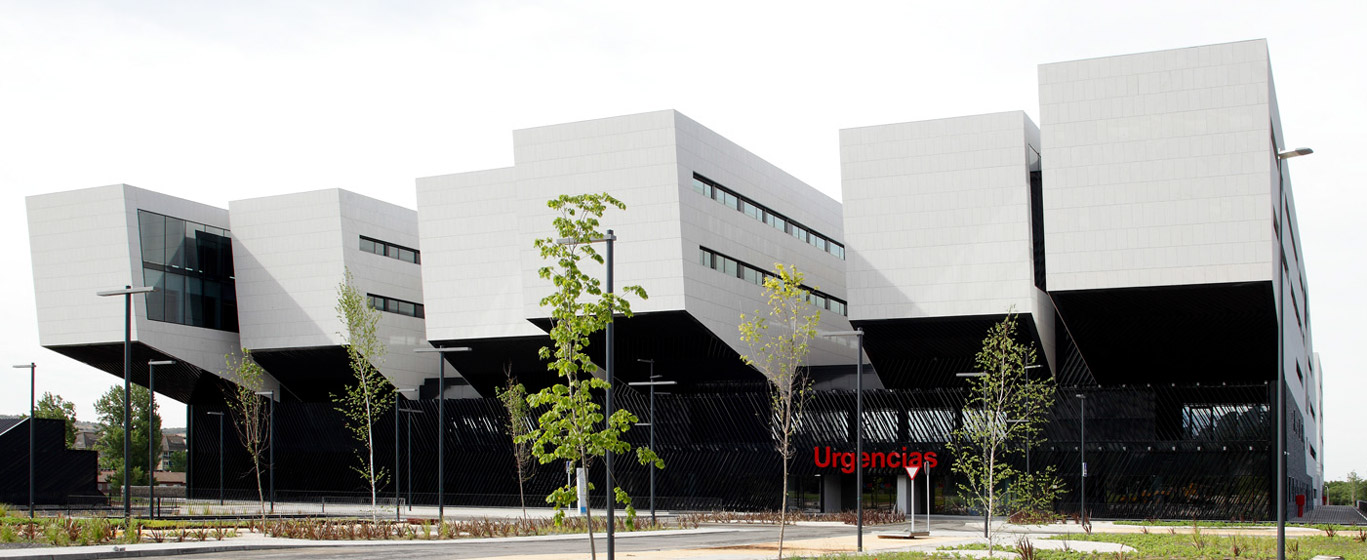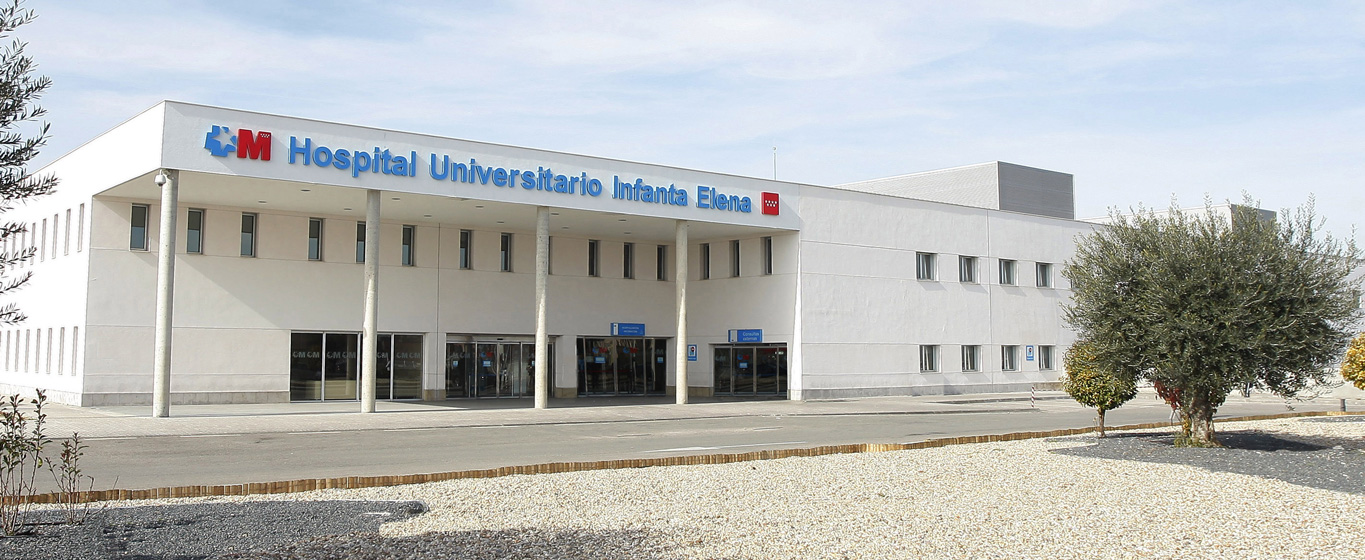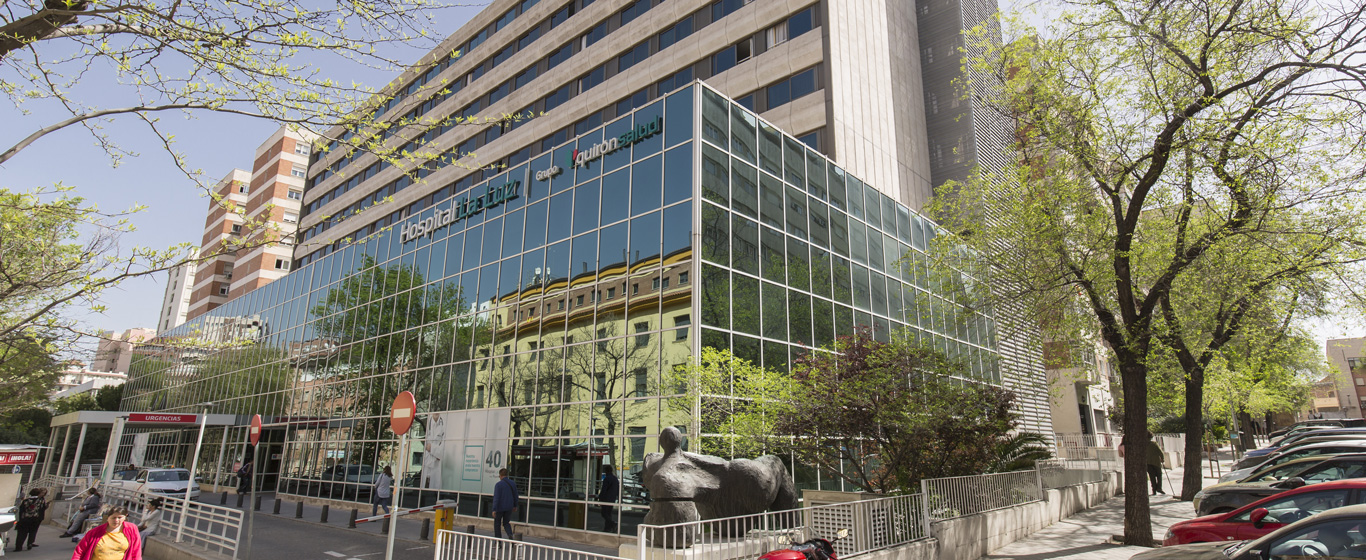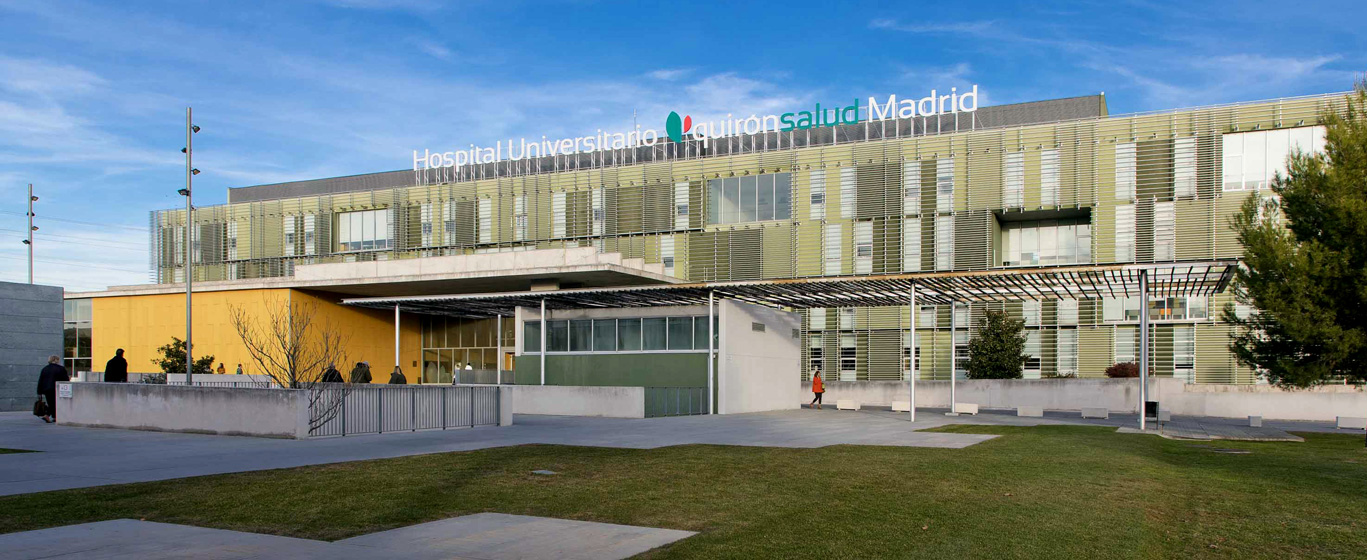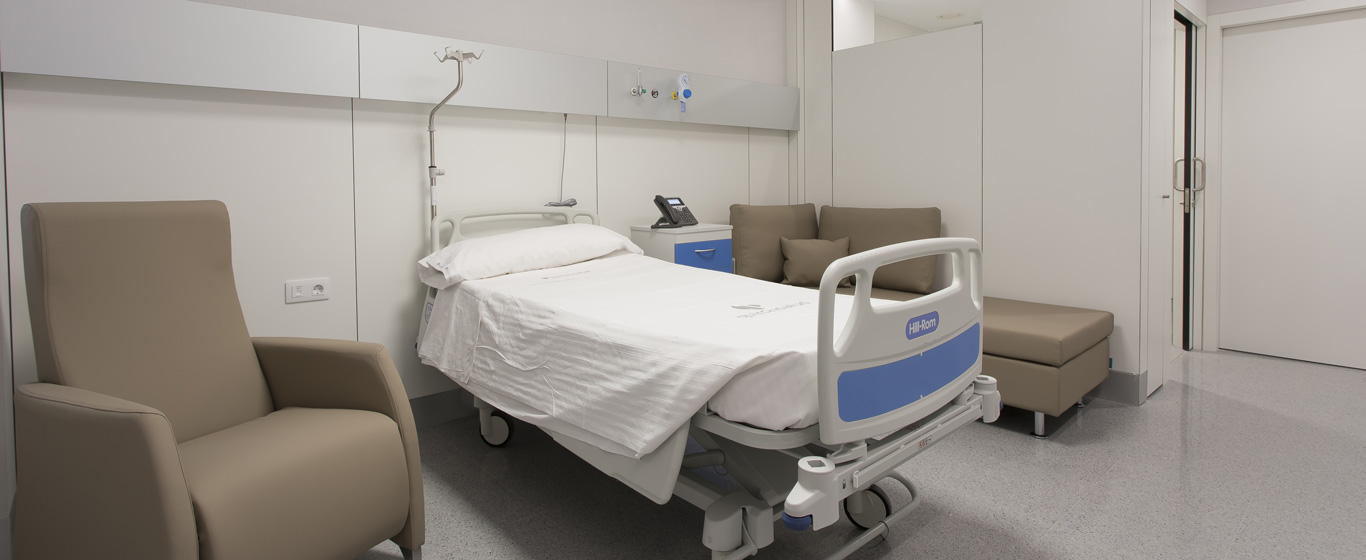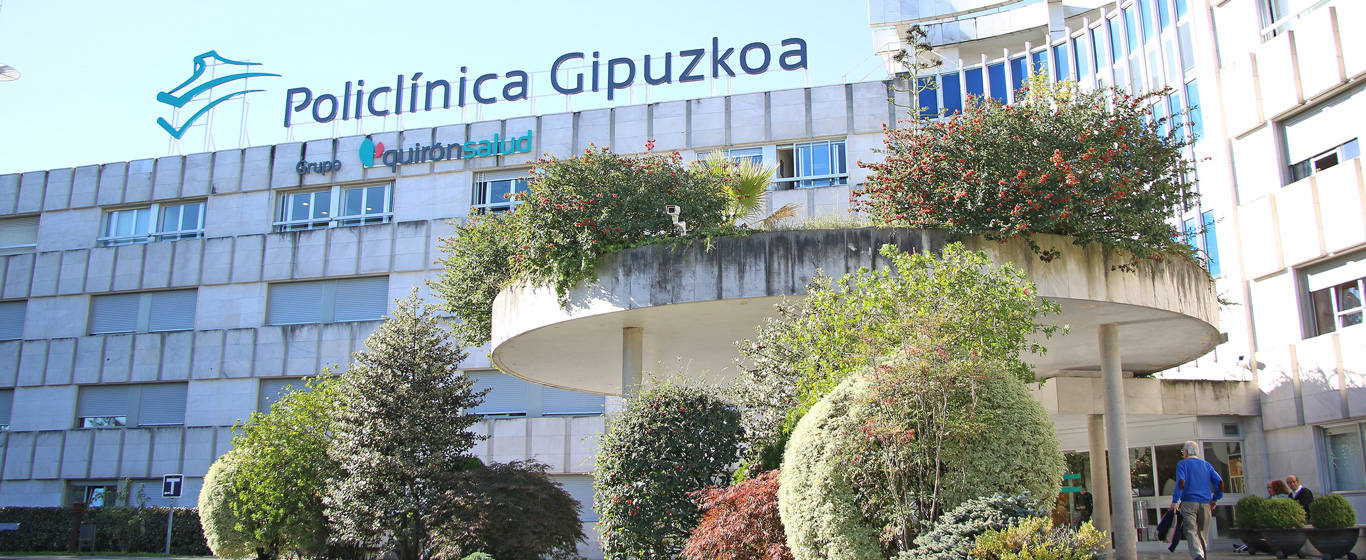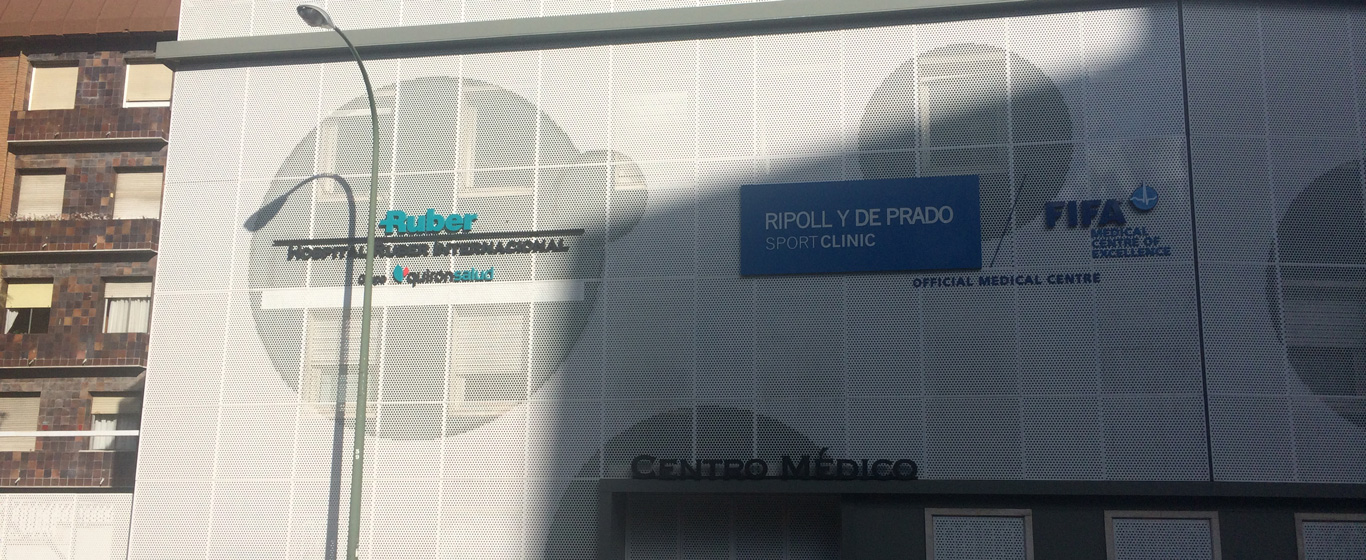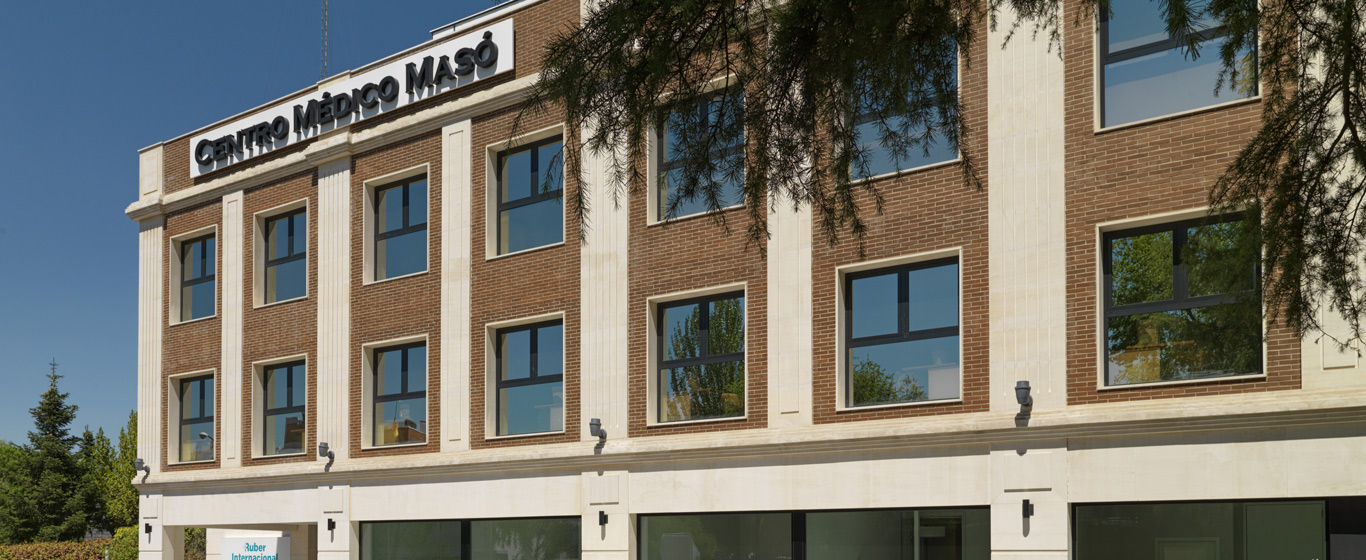Computed Tomography (CT) Scan of Teeth
Dental CT scanning provides sharp, three-dimensional images of the oral cavity structures. The amount of radiation used is very low and does not affect patient health.

General Description
Dental computed tomography (CT) is a procedure using X-rays from multiple angles to capture images. By stacking transverse slices, between 1 and 10 millimeters thick, a three-dimensional representation is created to facilitate the study of bone, nerve, and dental structures.
Since dental CT primarily examines mineralized tissues (enamel, dentin), nerves, and gums—which are clearly distinguishable in a non-contrast scan—contrast agents are generally not necessary.
Beyond diagnosis, dental CT scans assist in surgical planning and accurately locating implant placement points.
When is it indicated?
Dental CT is used for:
- Assessing bone dimensions during bone regeneration processes.
- Locating the precise site for implant placement.
- Diagnosing temporomandibular joint disorders.
- Detecting or evaluating malignant tumors and benign cysts.
- Evaluating wisdom teeth, especially before extraction.
- Planning reconstructive surgery for broken or malformed teeth.
- Diagnosing oral diseases not visible on standard X-rays.
- Assessing gums, bone, and root canals before root canal treatment.
- Studying oral structures (nasal cavity, paranasal sinuses, jaws, nerves) for orthodontic planning.
- Detecting caries not visible in visual examination.
- Performing cephalometric analysis to measure skull and jaw dimensions and tooth and soft tissue positioning.
Dental CT is contraindicated in pregnant and breastfeeding women.
How is it performed?
Dental CT is conducted in a radiology room but does not require the patient to enter a full CT scanner tube. Instead, a specialized dental CT device is used, where the patient sits or stands with a horseshoe-shaped gantry around their head.
The gantry contains an X-ray source on one side and a receptor on the opposite side. As radiation is emitted, the gantry slowly rotates around the patient's head, generating numerous two-dimensional images that combine into a three-dimensional representation of the oral cavity.
Soft tissues (blood, muscles, skin, fat) absorb less radiation and appear darker on images, while hard tissues (bones, tumors) appear lighter due to greater X-ray attenuation.
Risks
The radiation dose in dental CT is very low, approximately 0.18 millisieverts (mSv), equivalent to 22 days of natural background radiation. This level of exposure does not pose a health risk.
Cancer risk from dental CT only increases in patients undergoing frequent and repeated scans over time.
What to expect during a dental CT scan
Before entering the radiology room, the patient removes any metallic items they did not leave at home, such as glasses, hearing aids, or dentures.
Depending on the case, the patient will sit or lean on a support for comfort during the procedure. They must remain still while the device rotates around their head.
The test usually lasts between 20 and 40 seconds, making it quick and easy to tolerate.
No rest or special precautions are needed afterward; patients can immediately resume their daily activities.
Specialties requesting dental CT scans
Dental CT scans are performed in radiology, dentistry, stomatology, and oral and maxillofacial surgery departments.
How to prepare
No special preparation is needed for a dental CT scan.
On the day of the exam, it is recommended to avoid wearing metallic objects or makeup containing metal.




